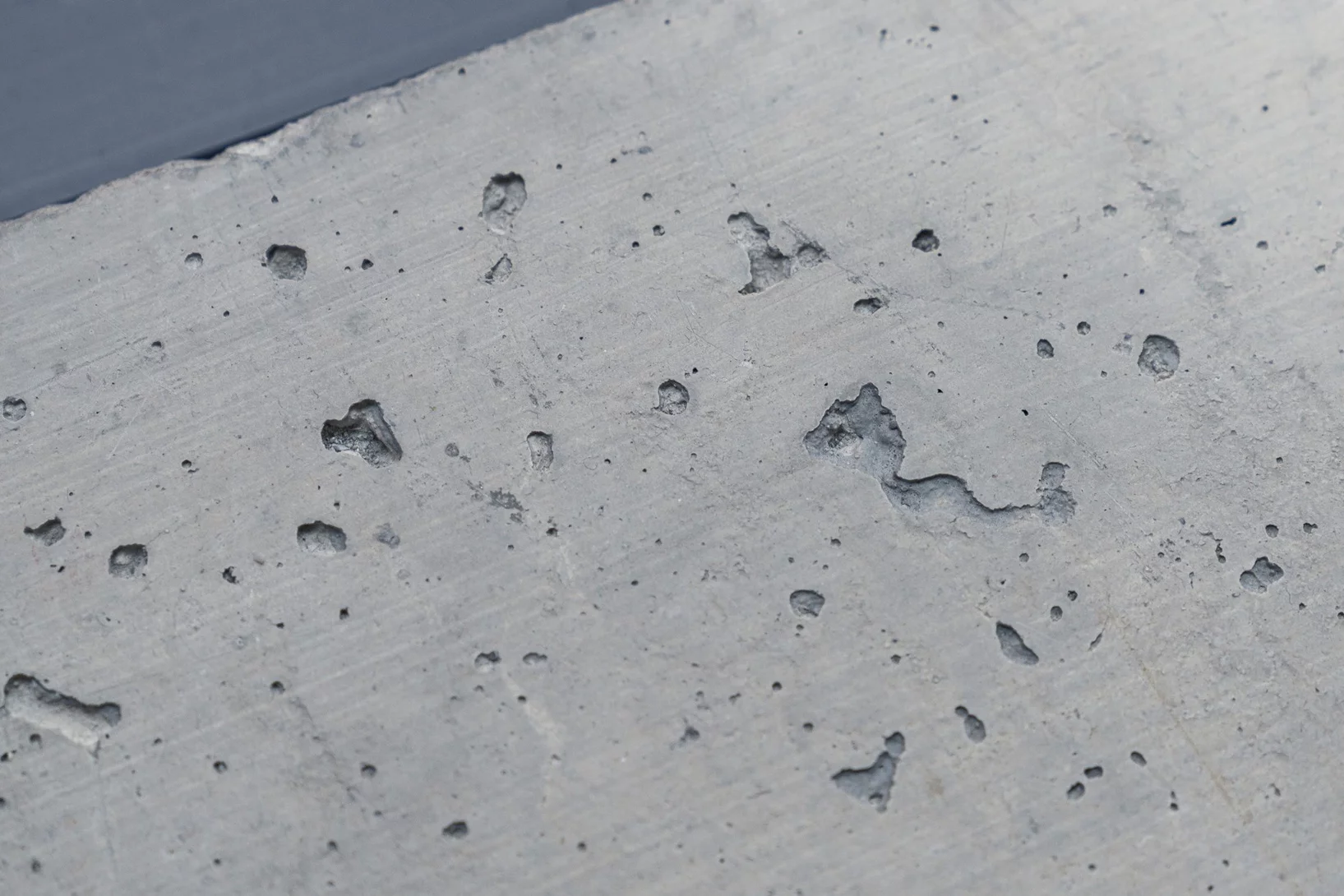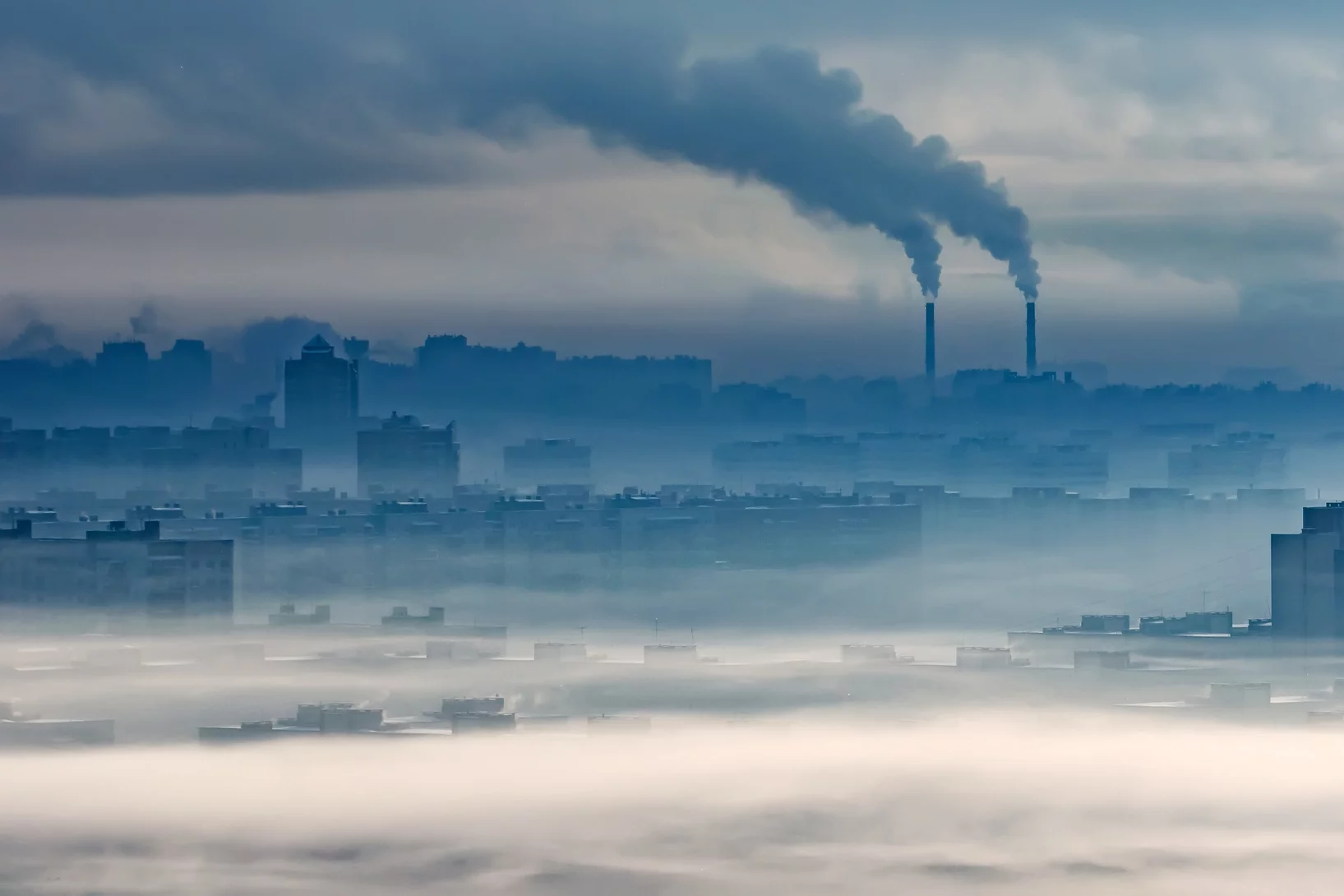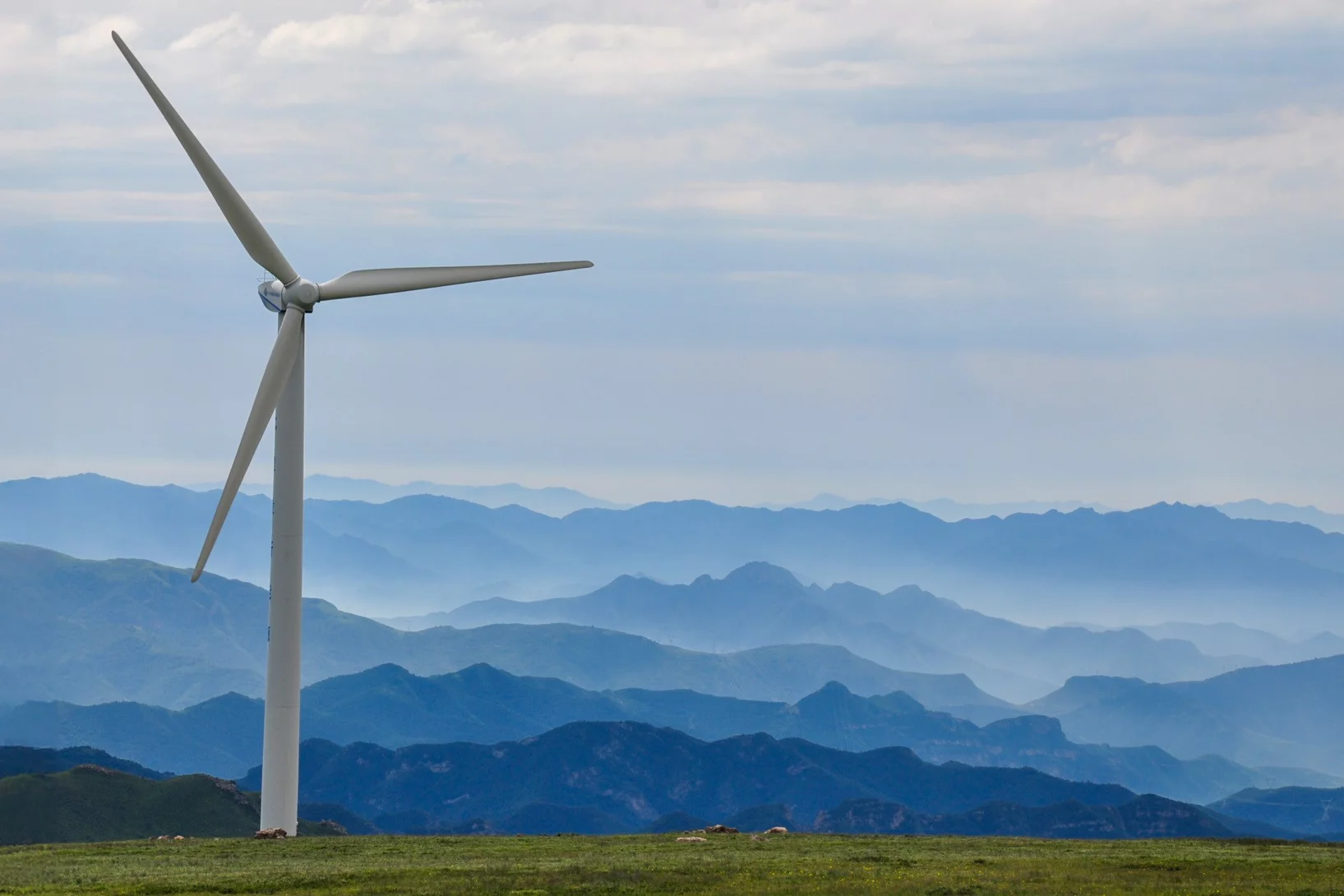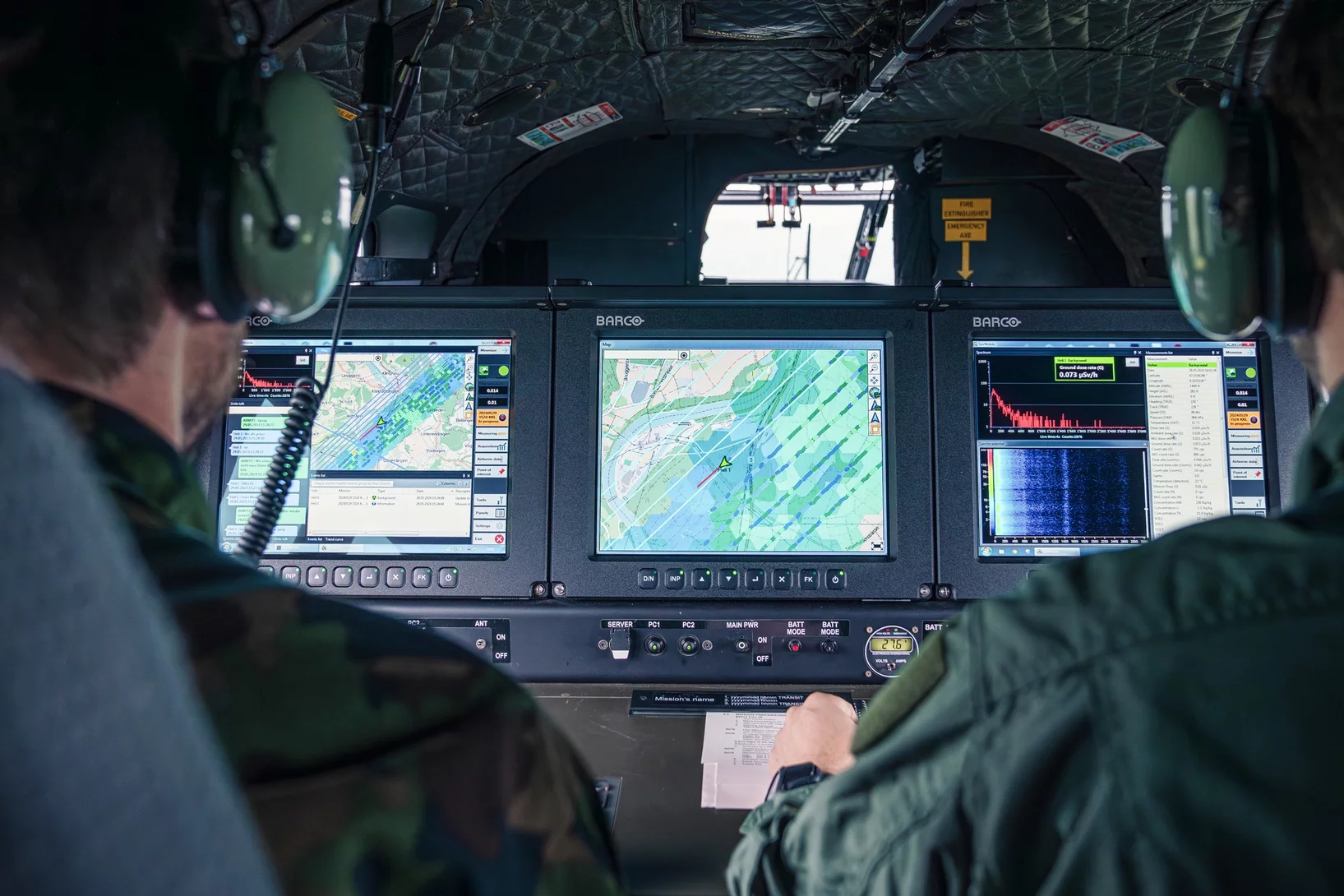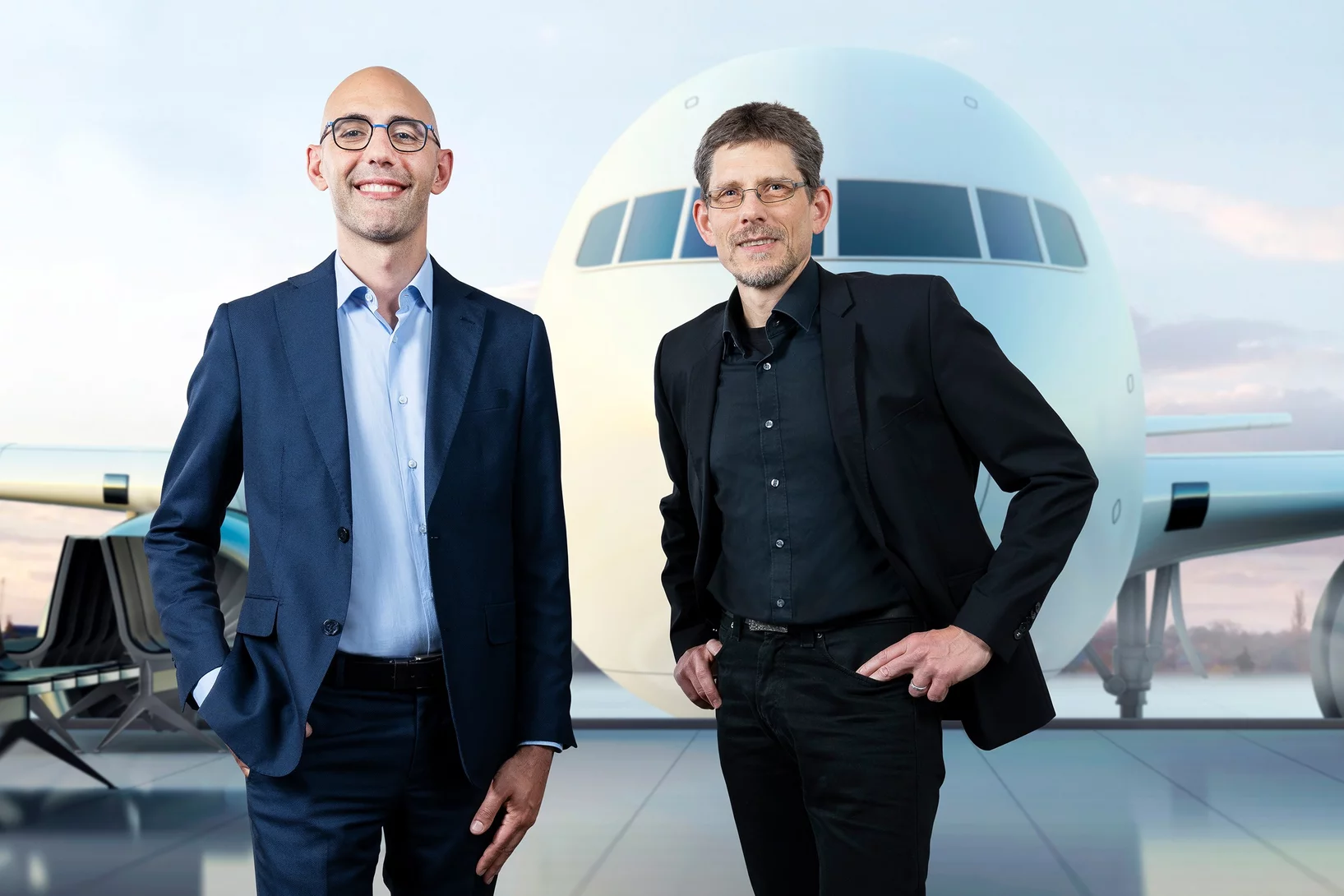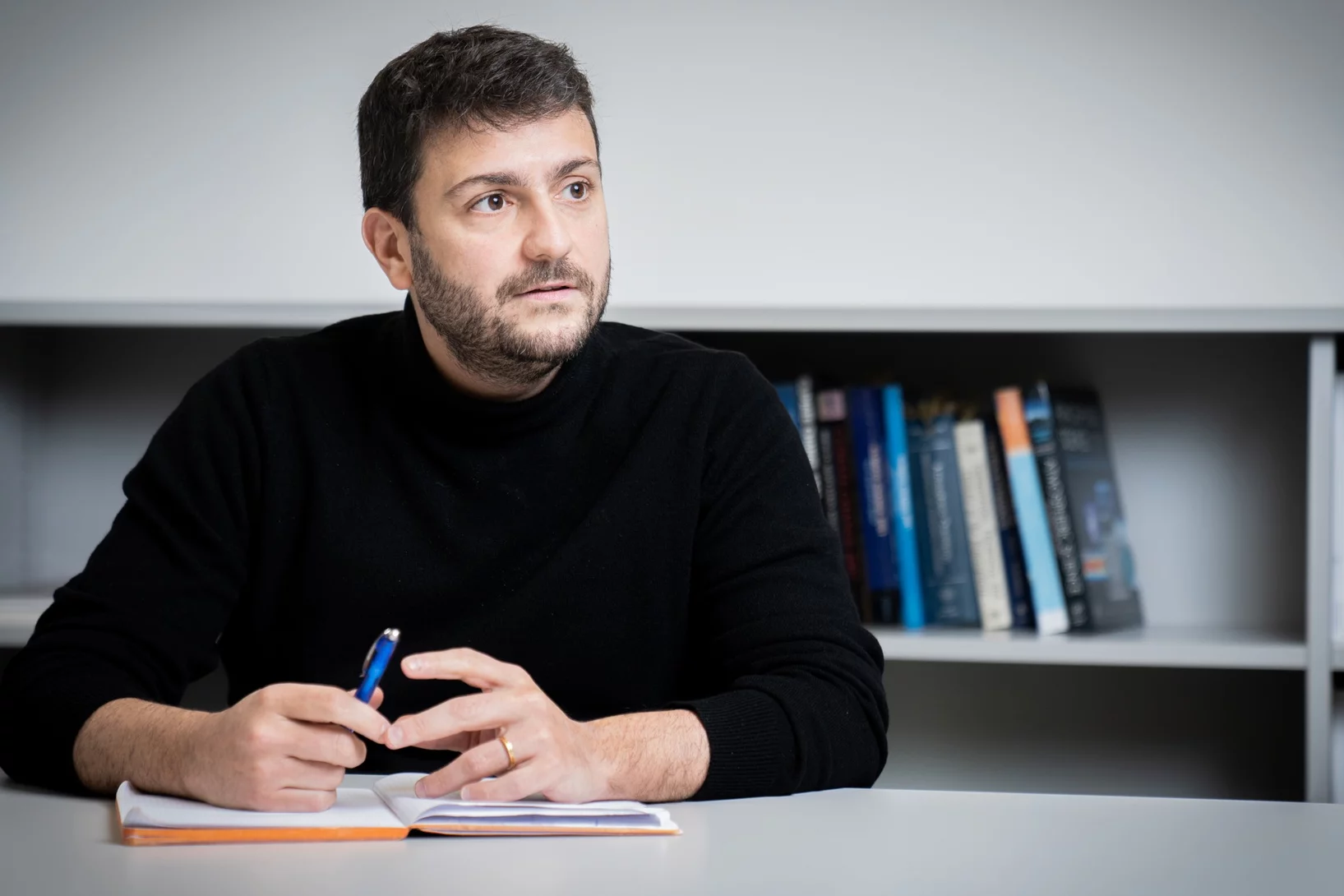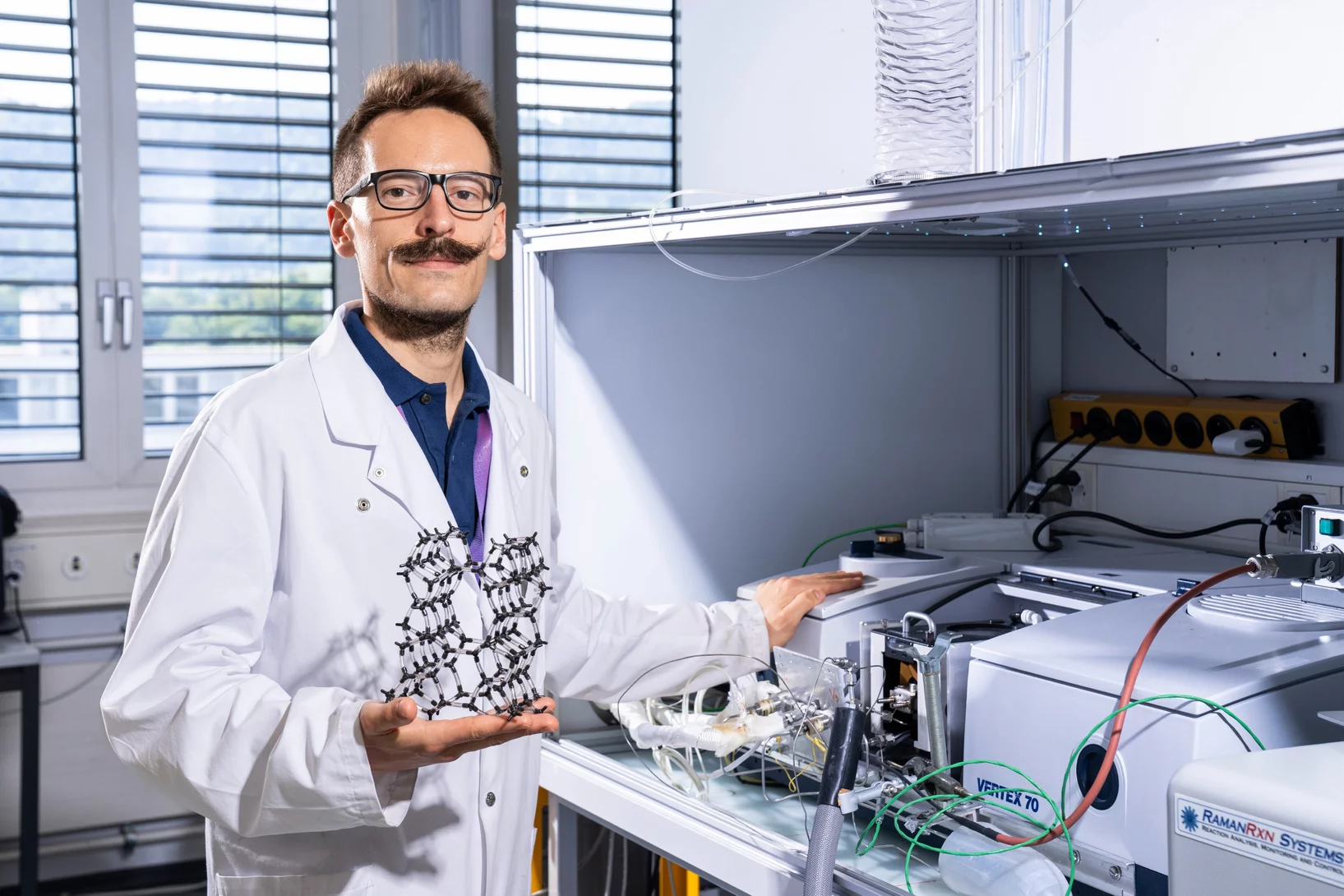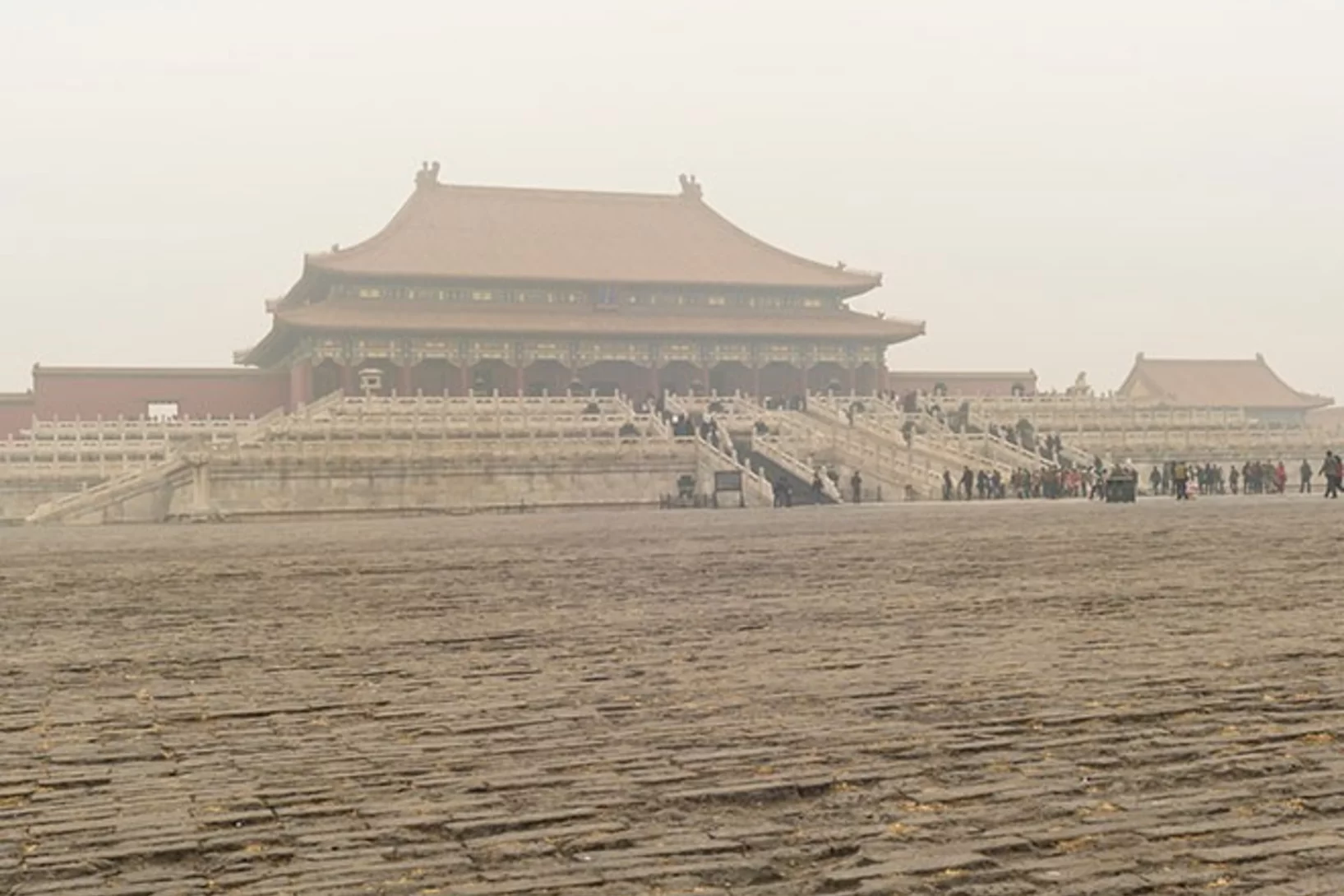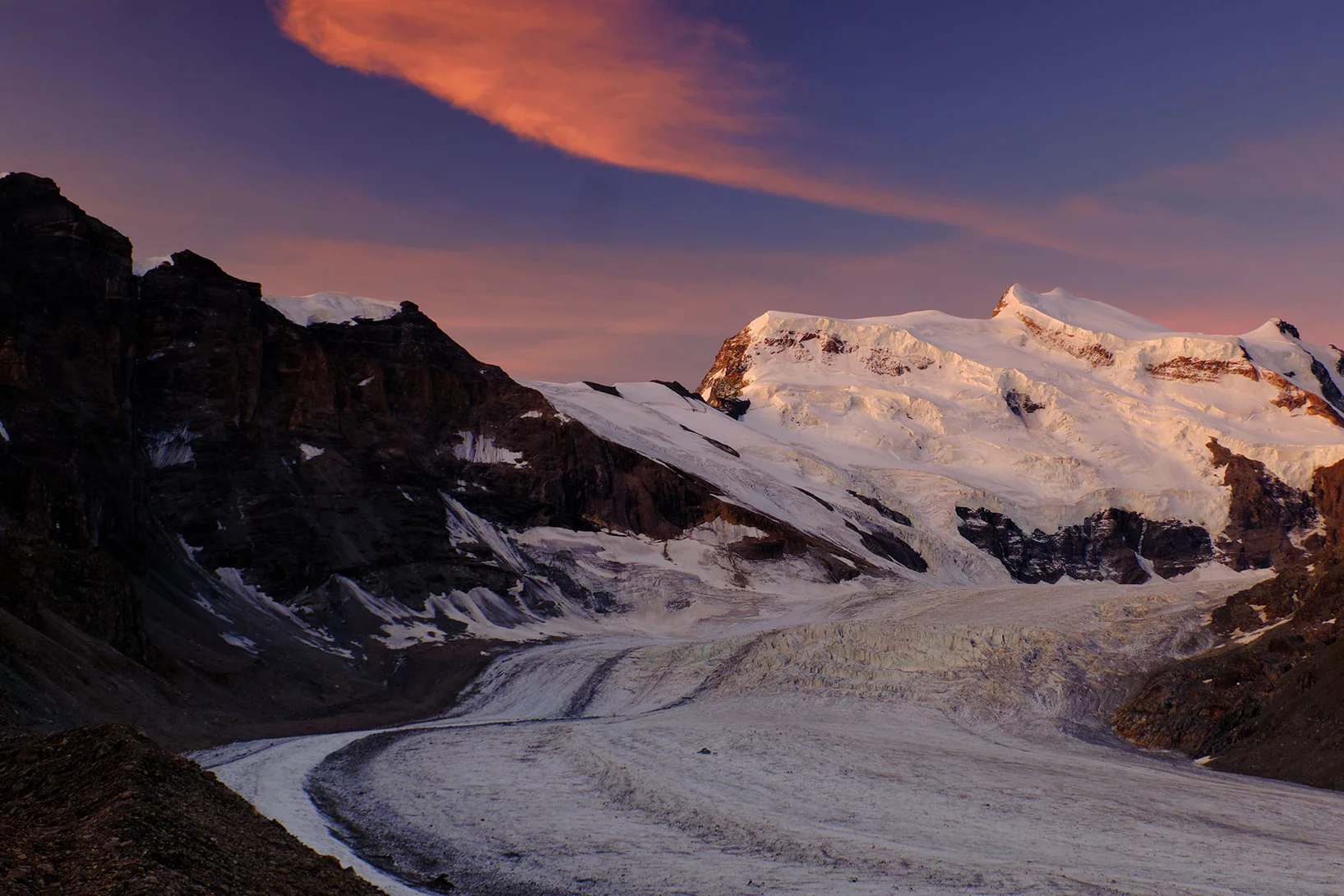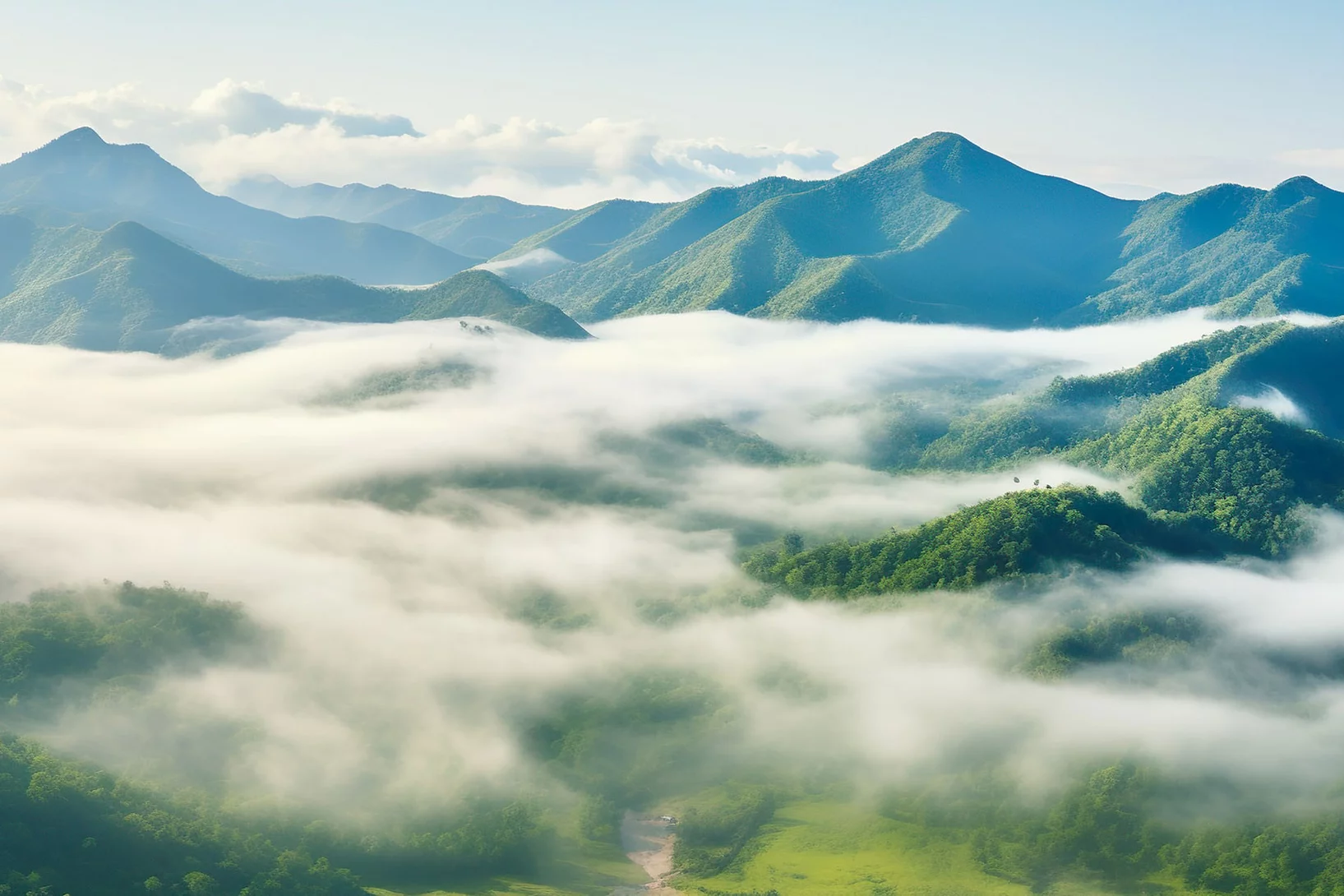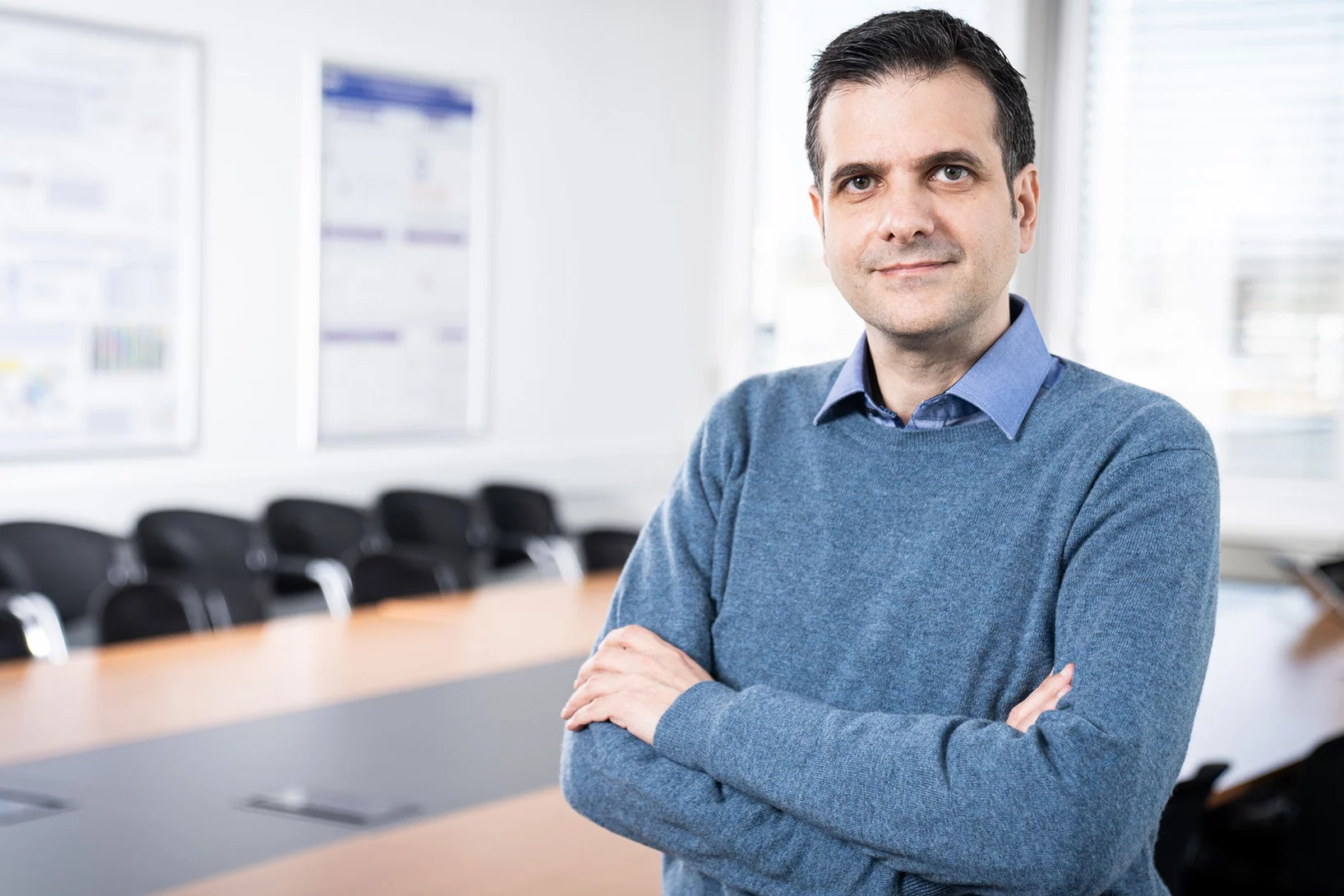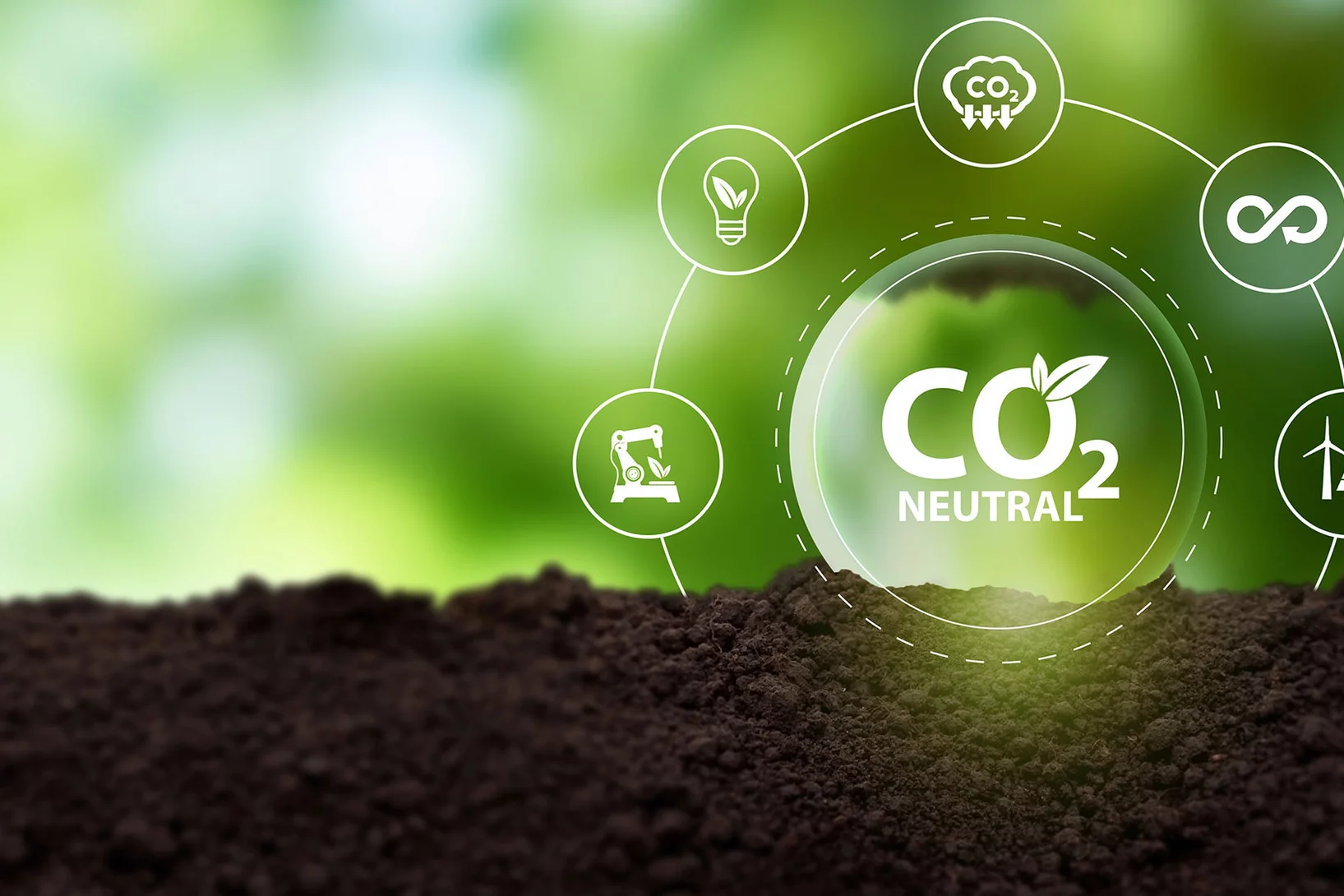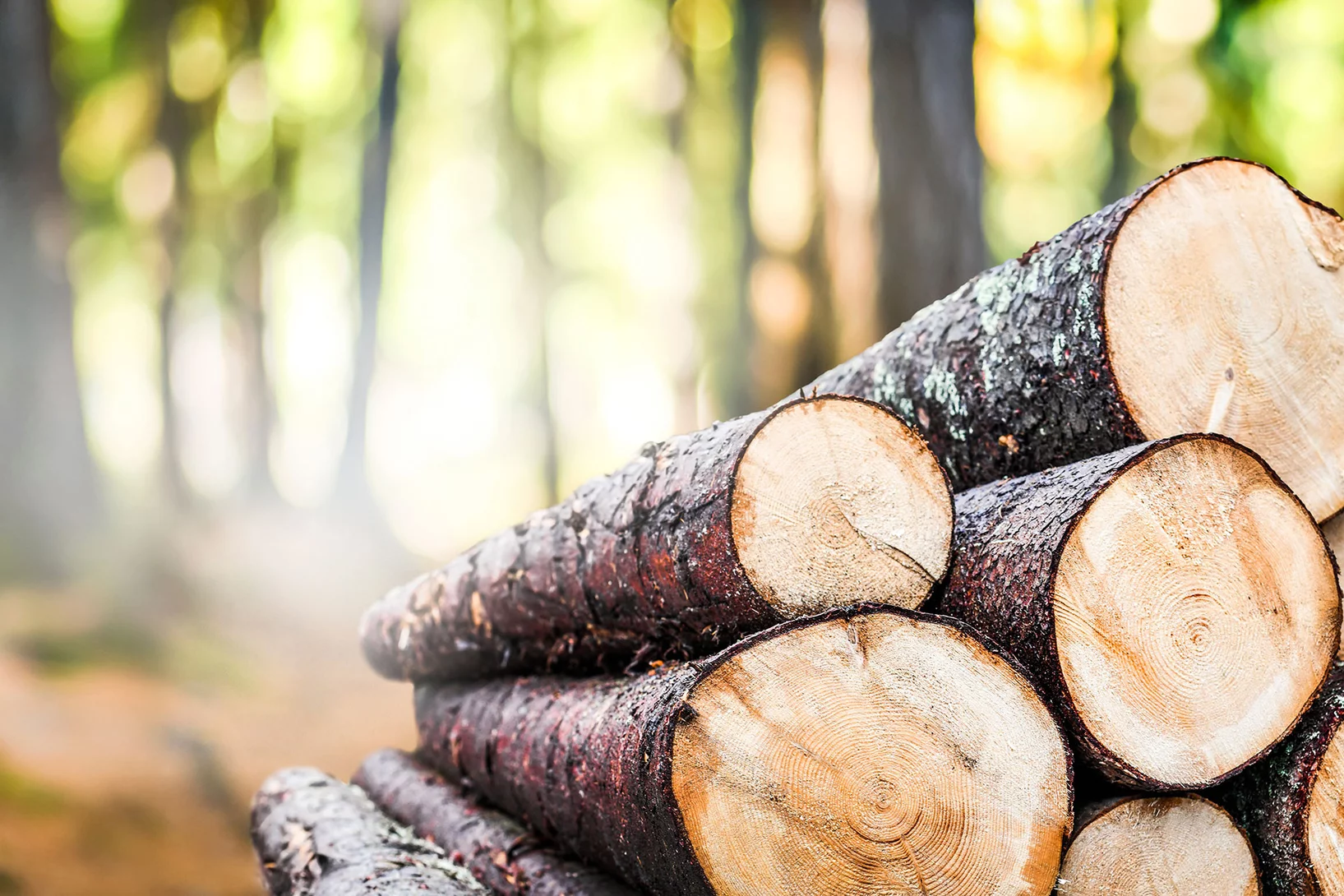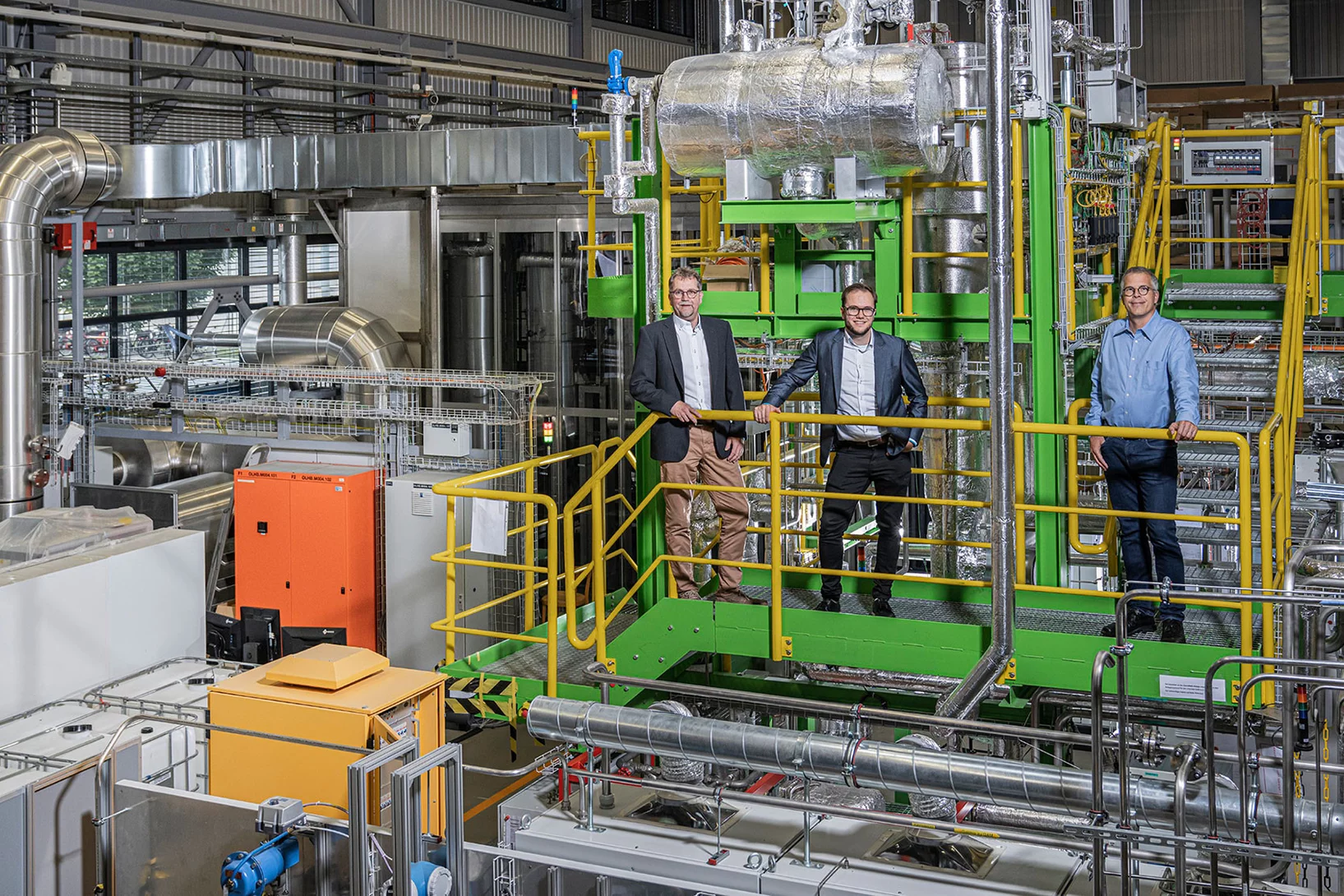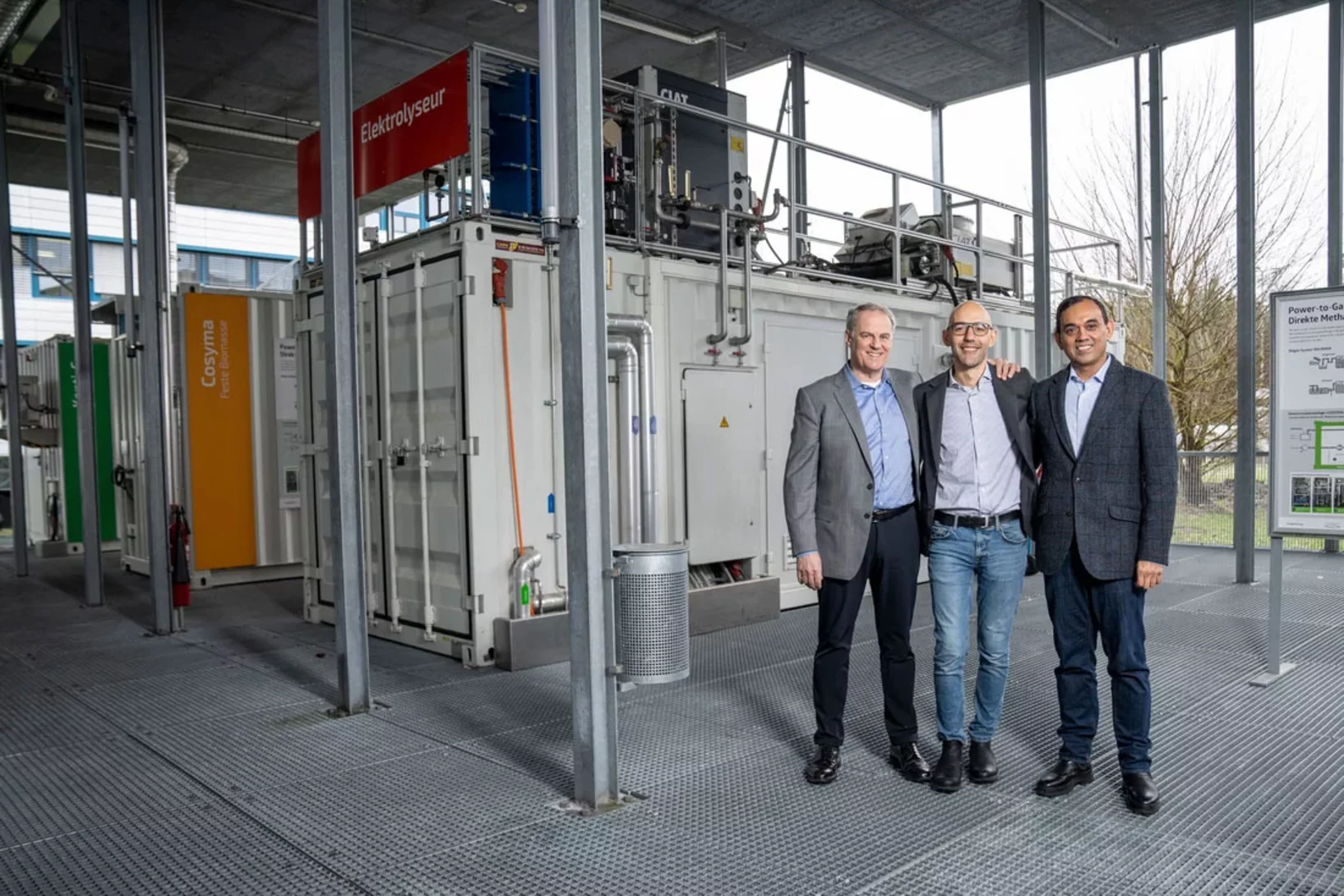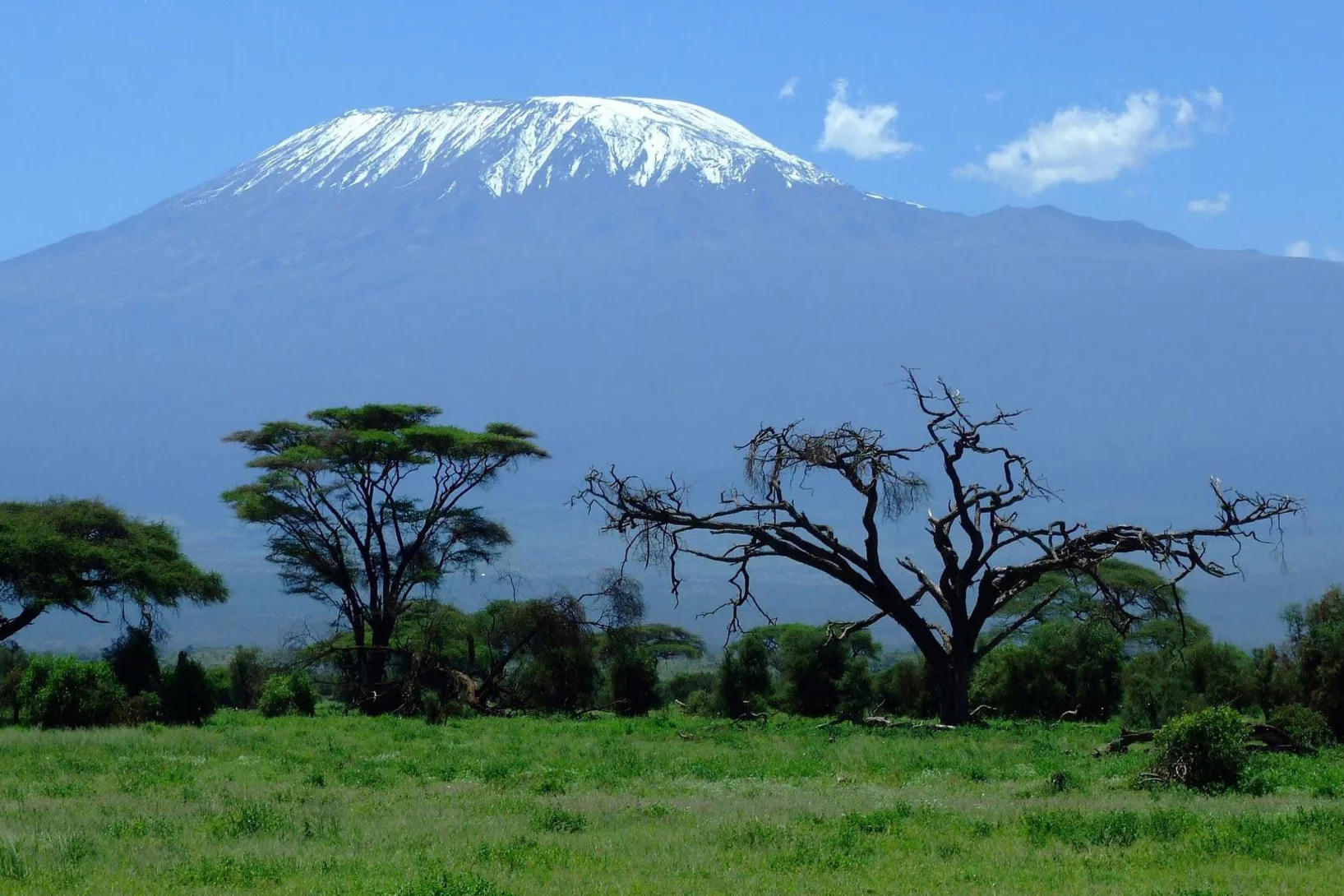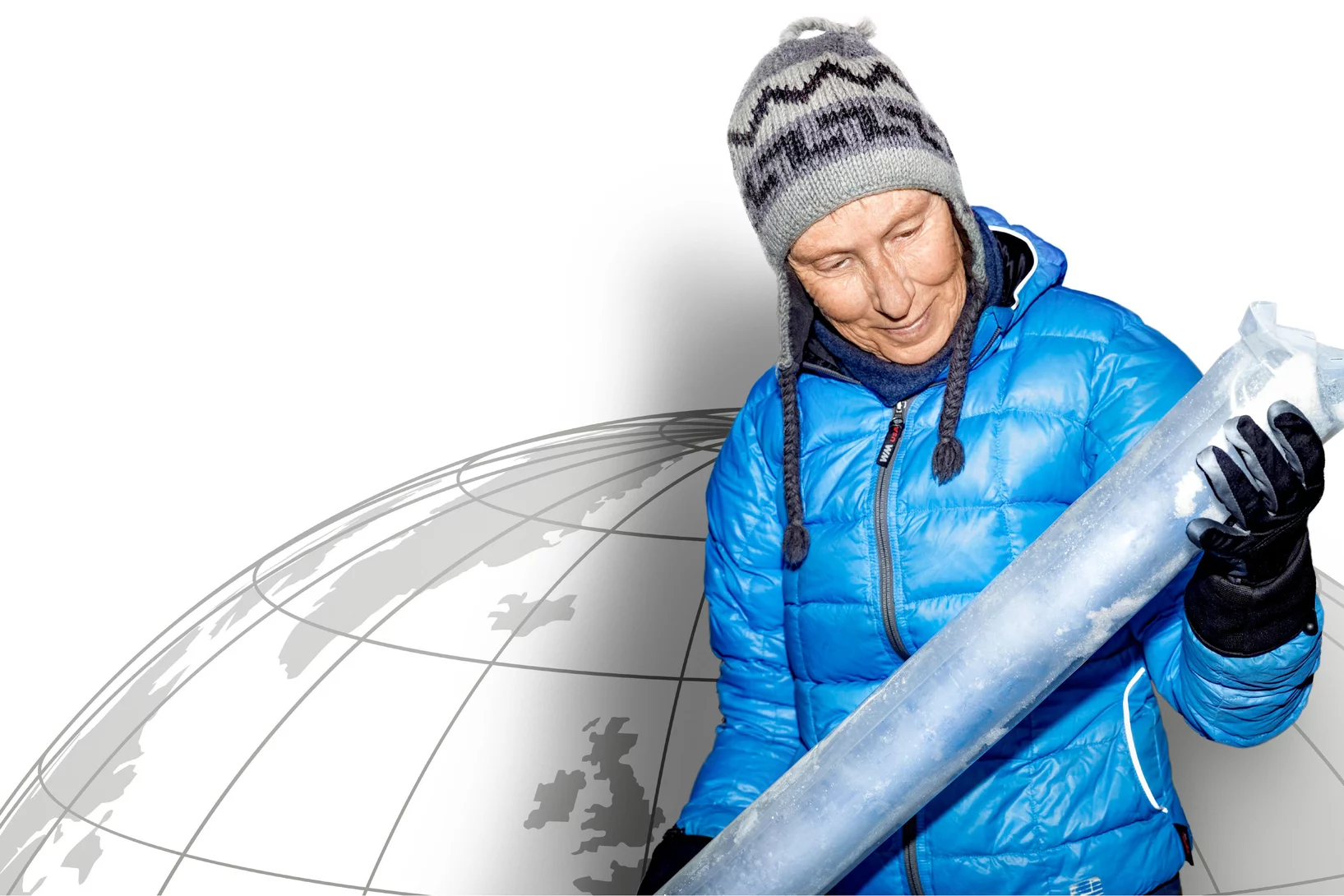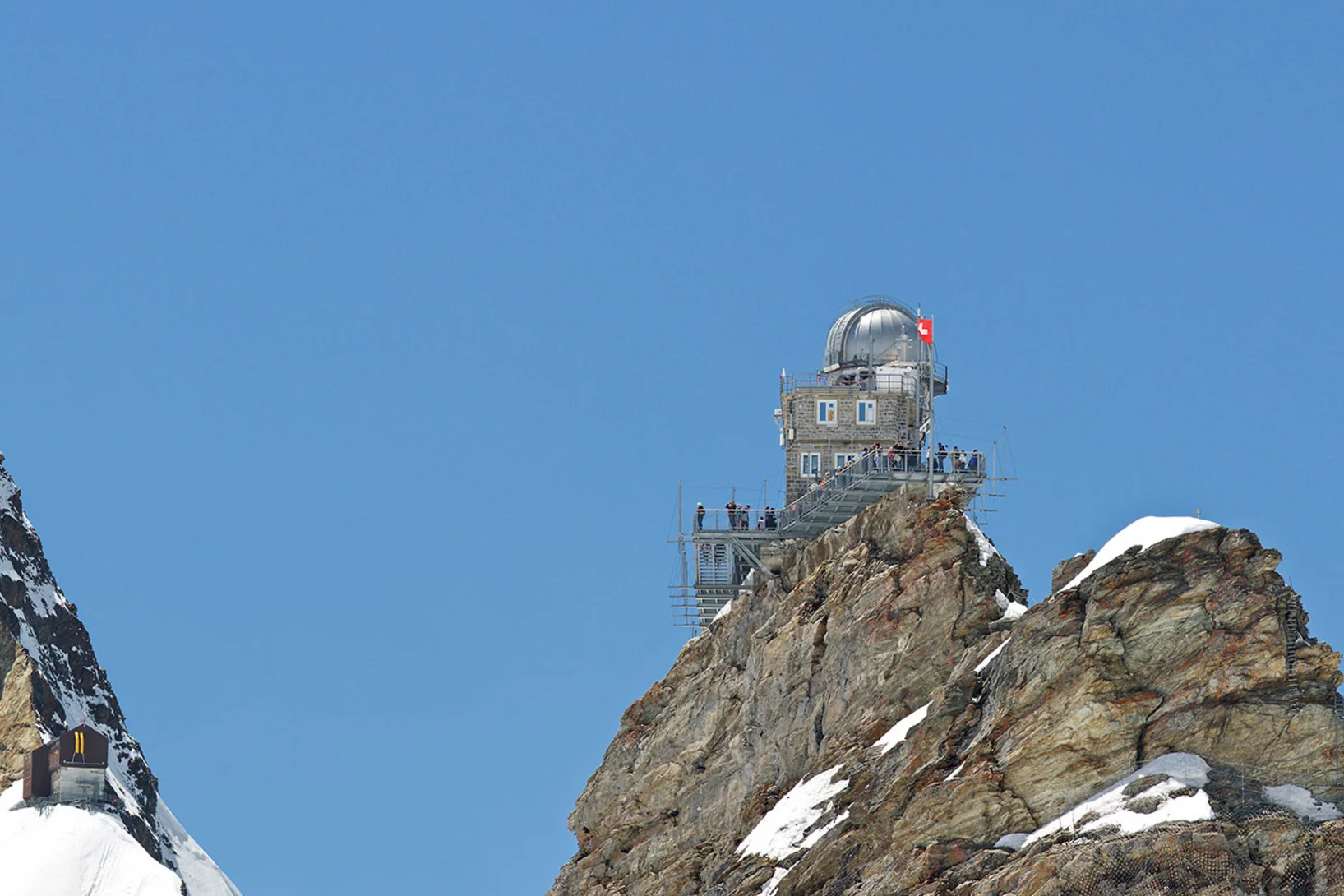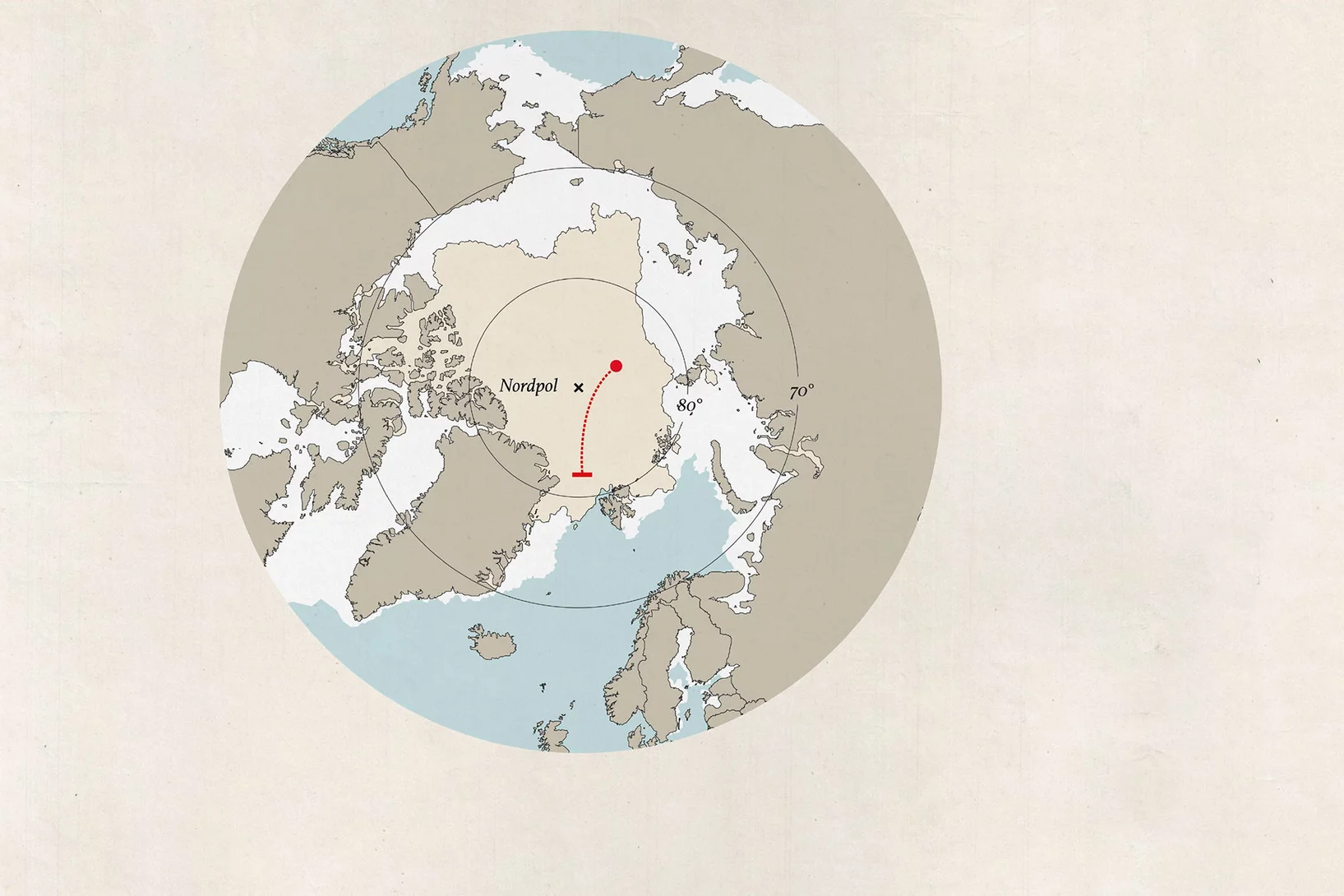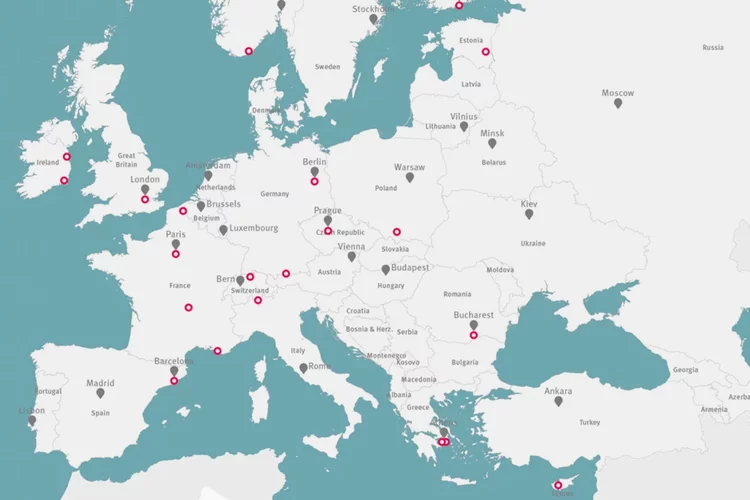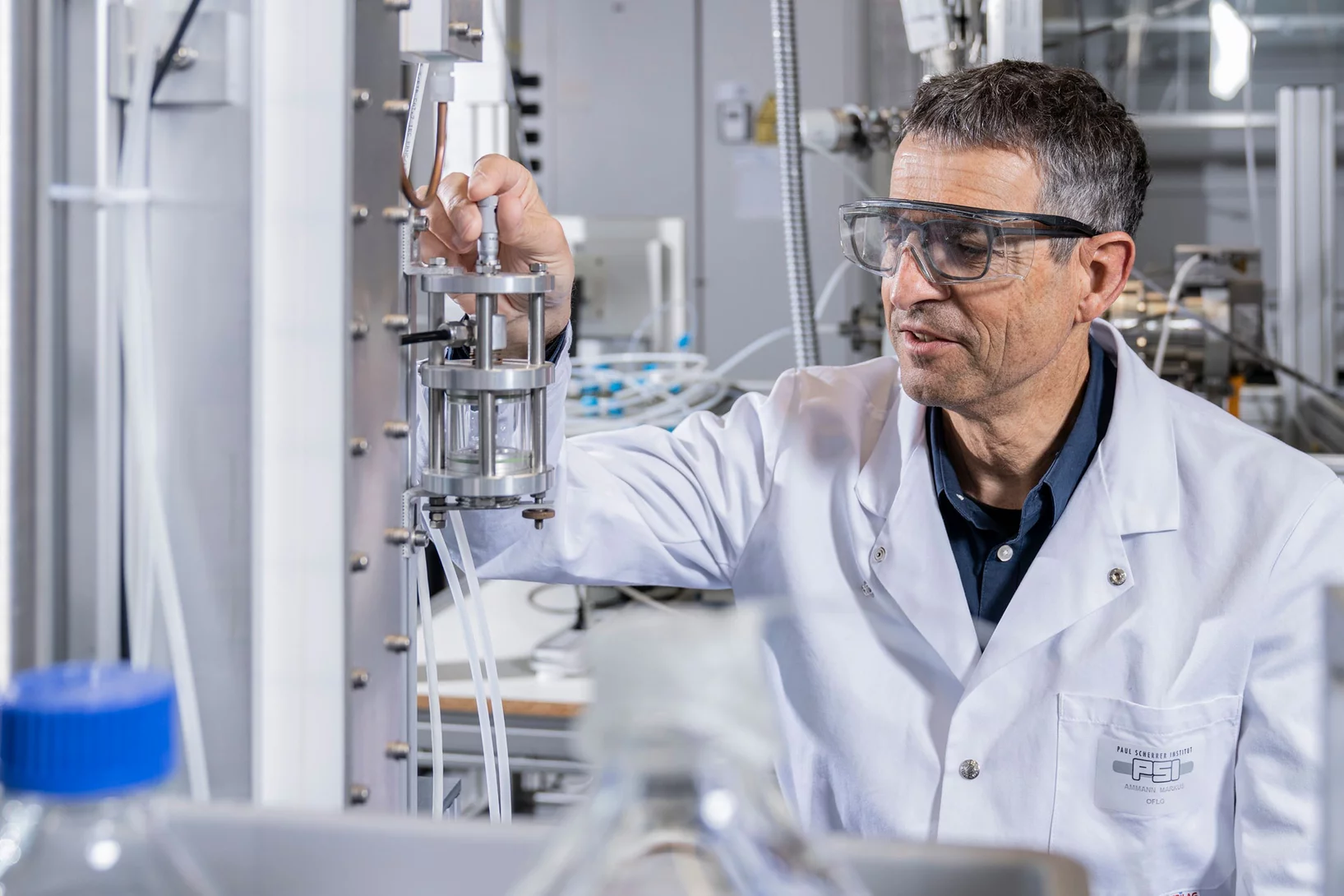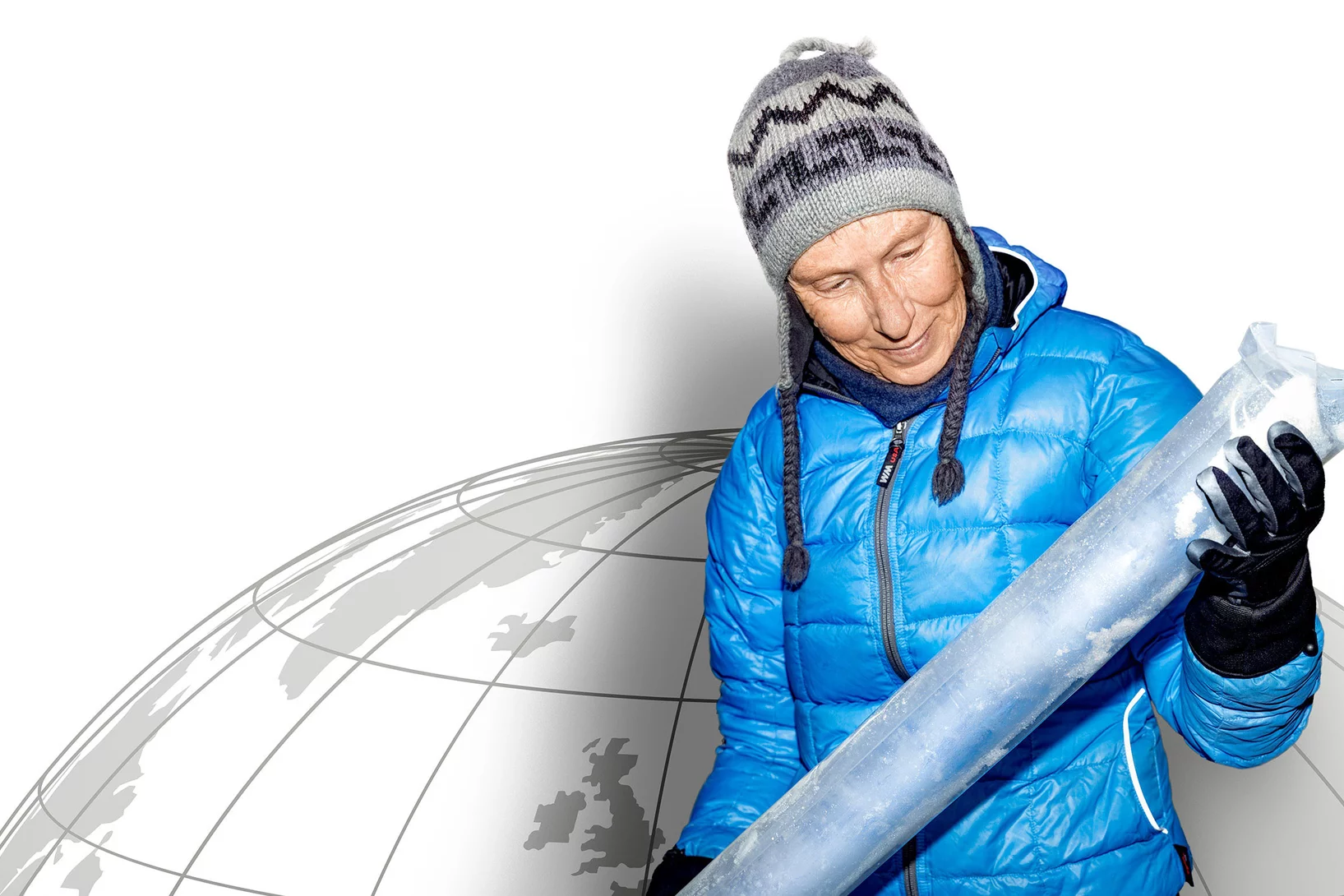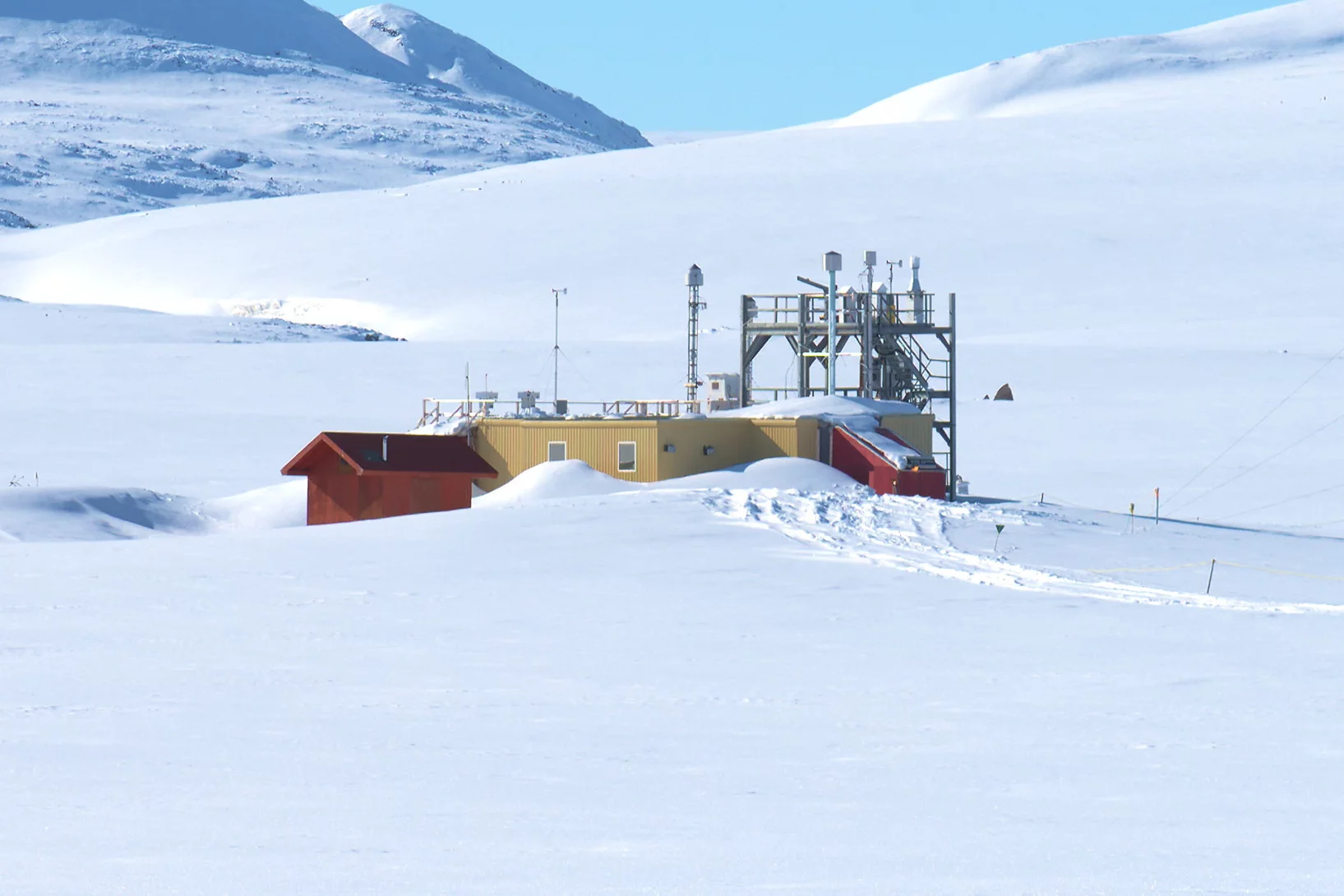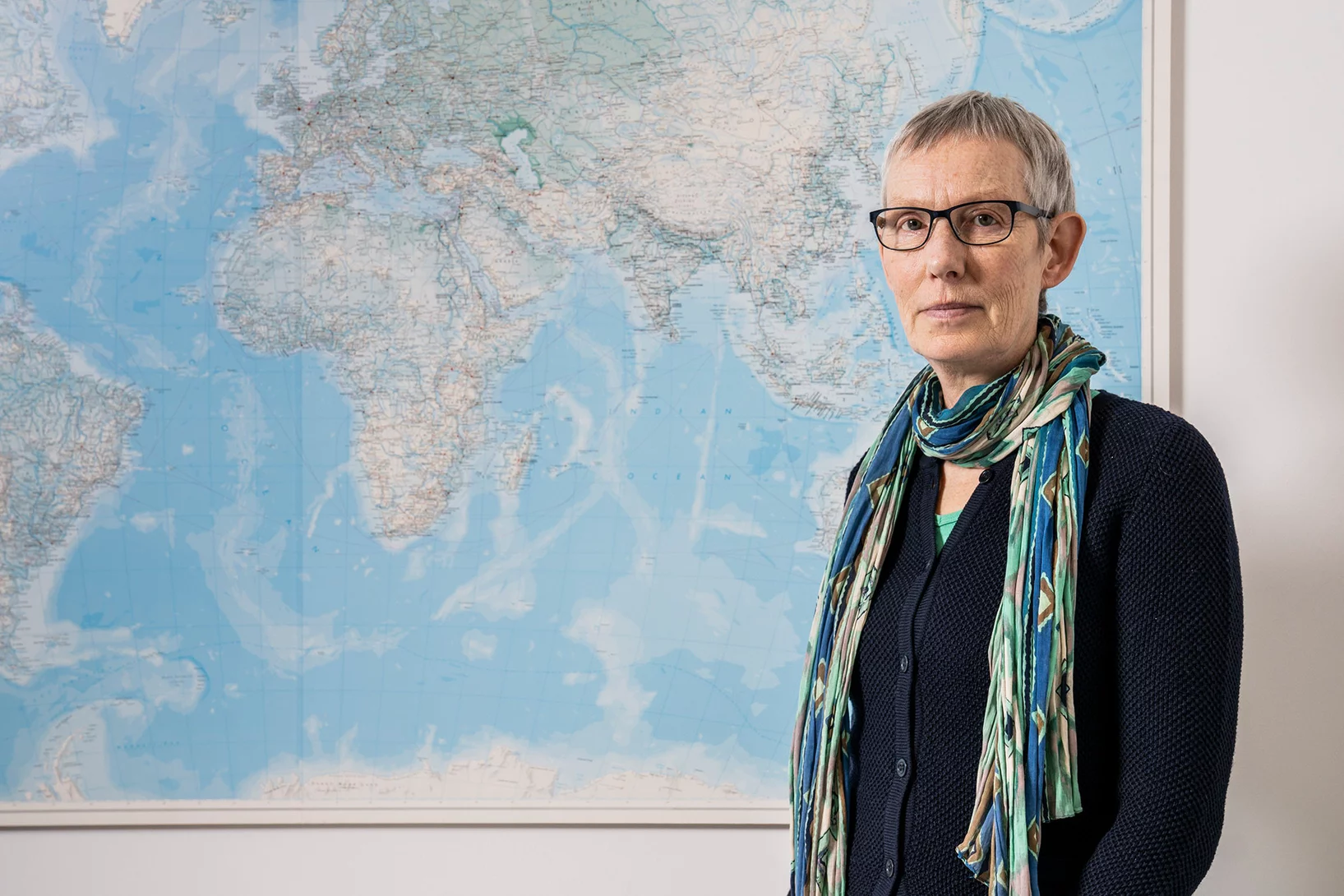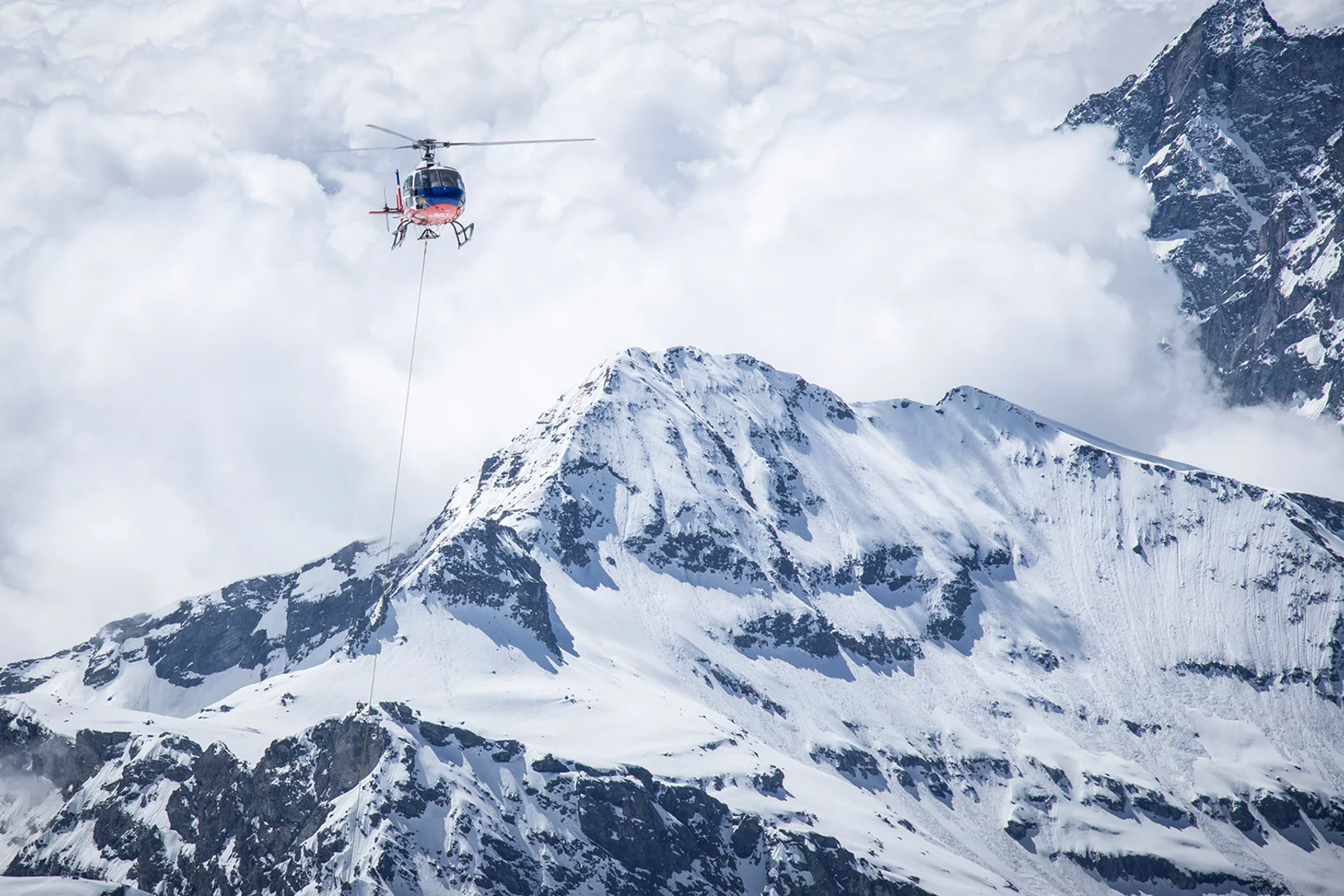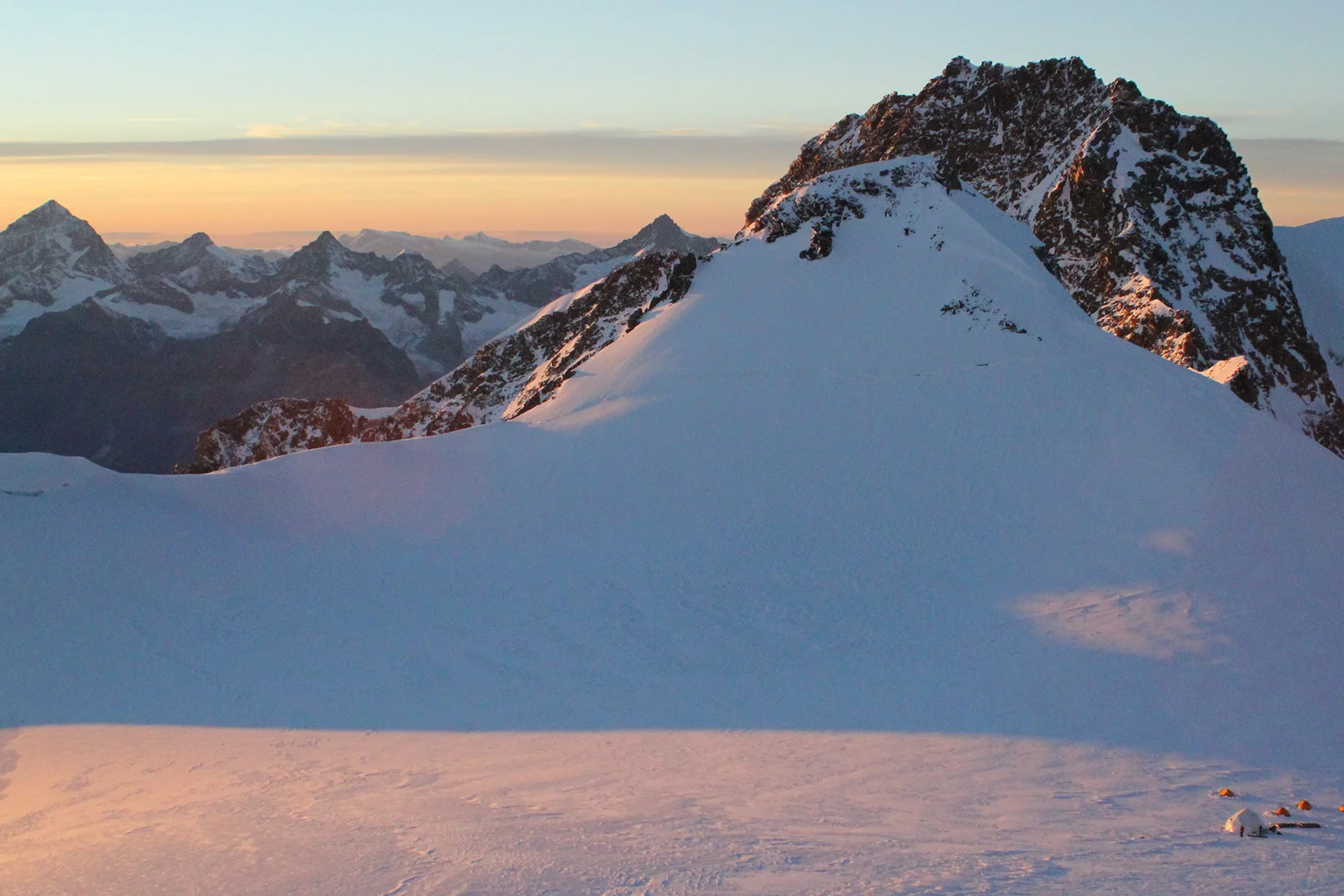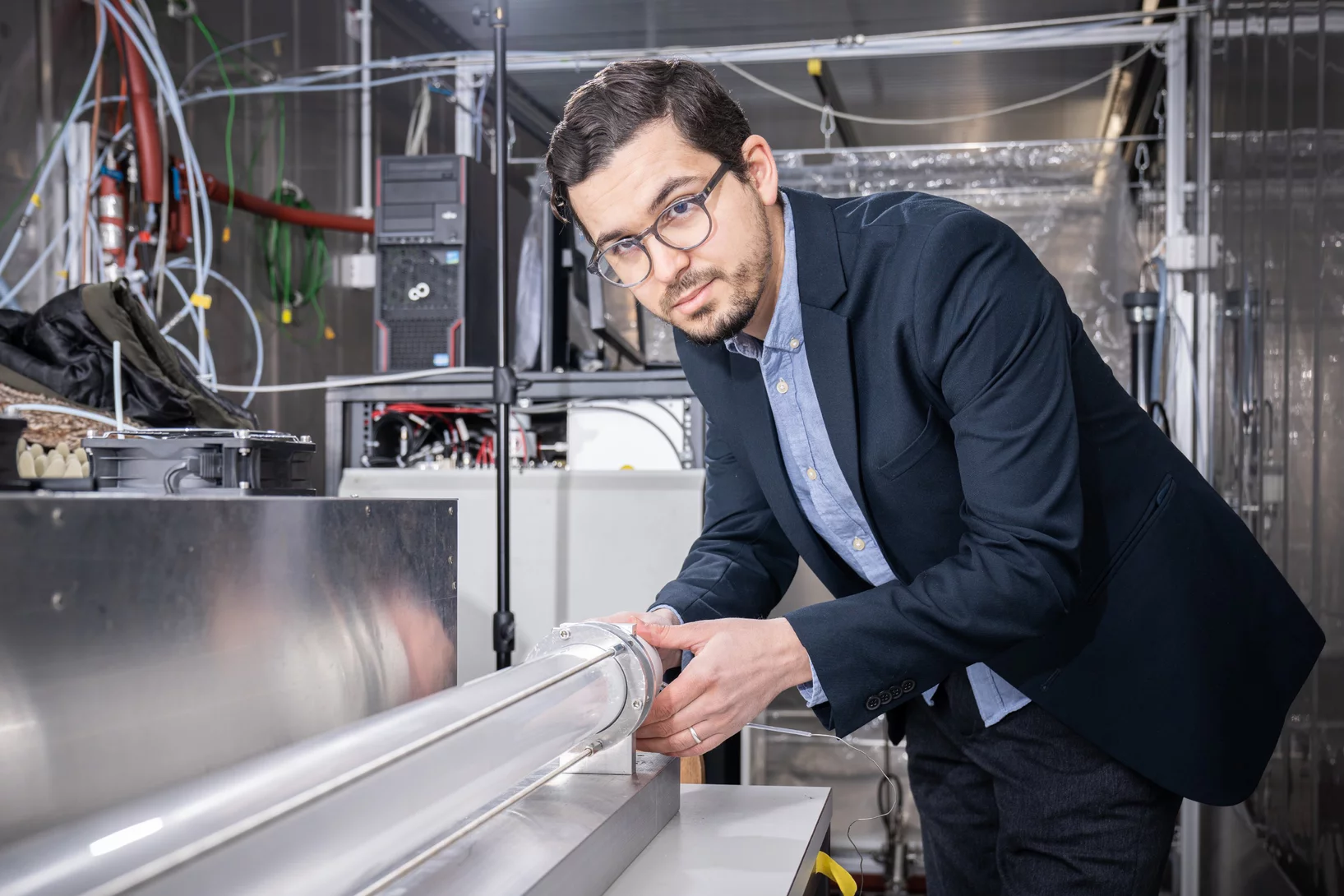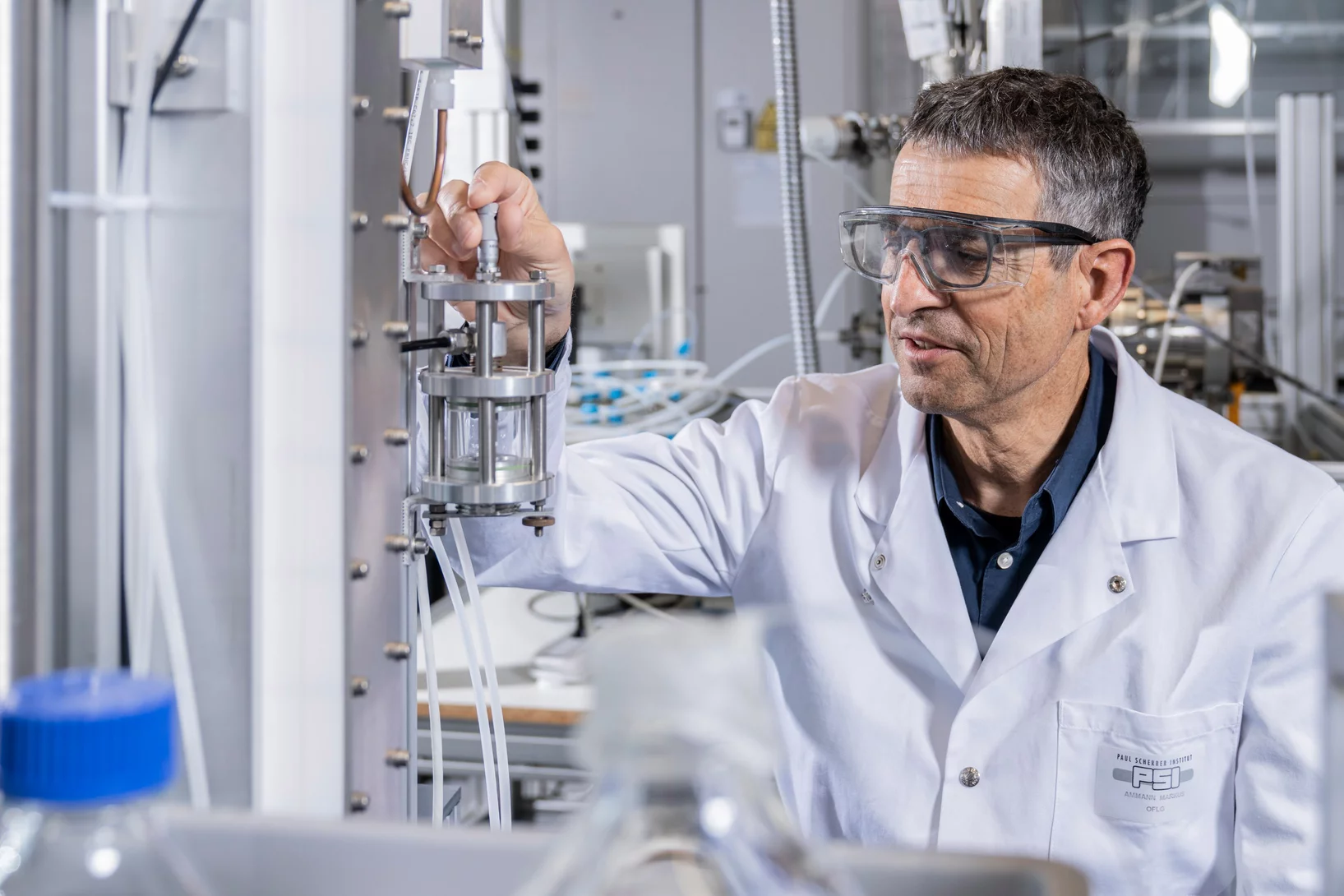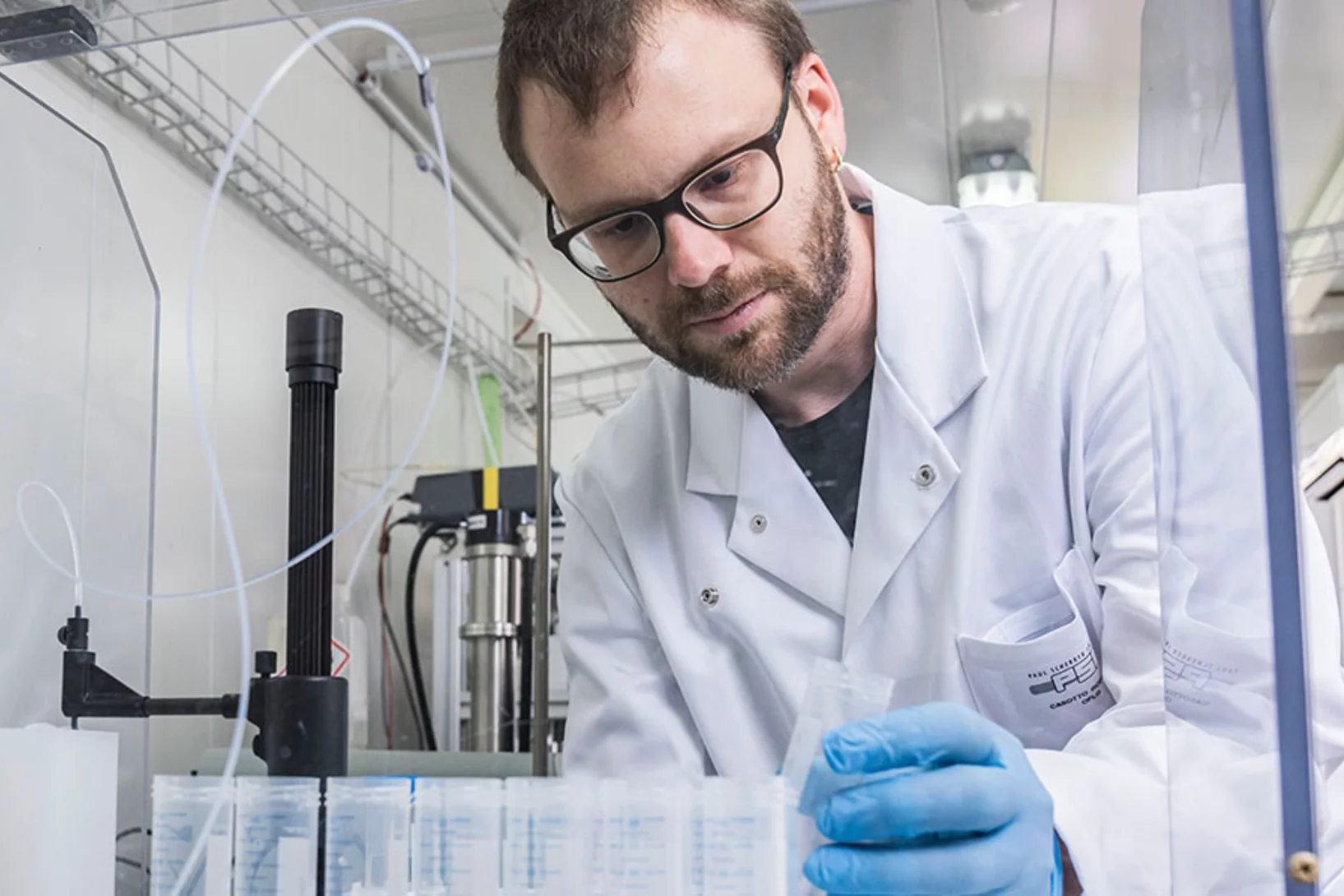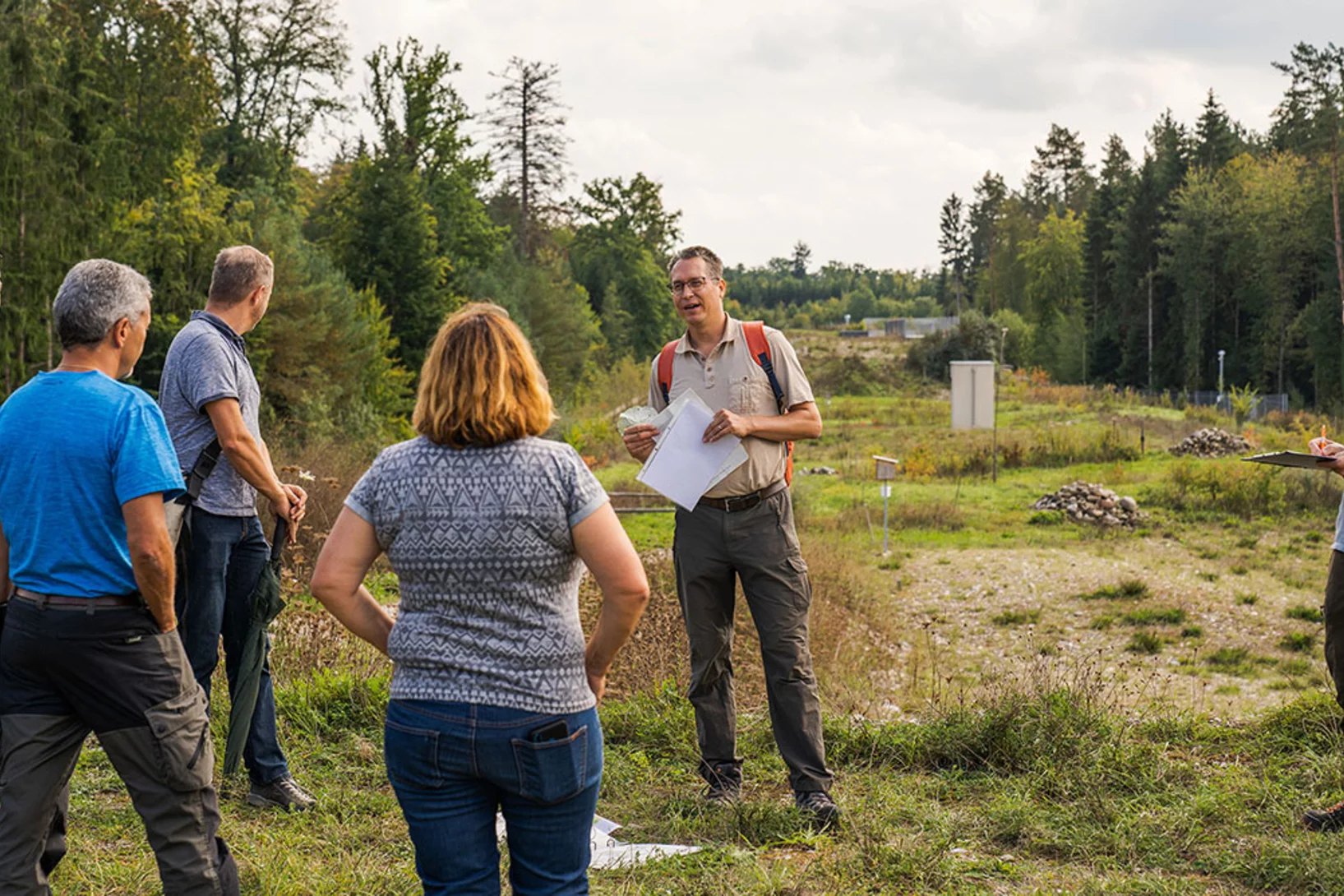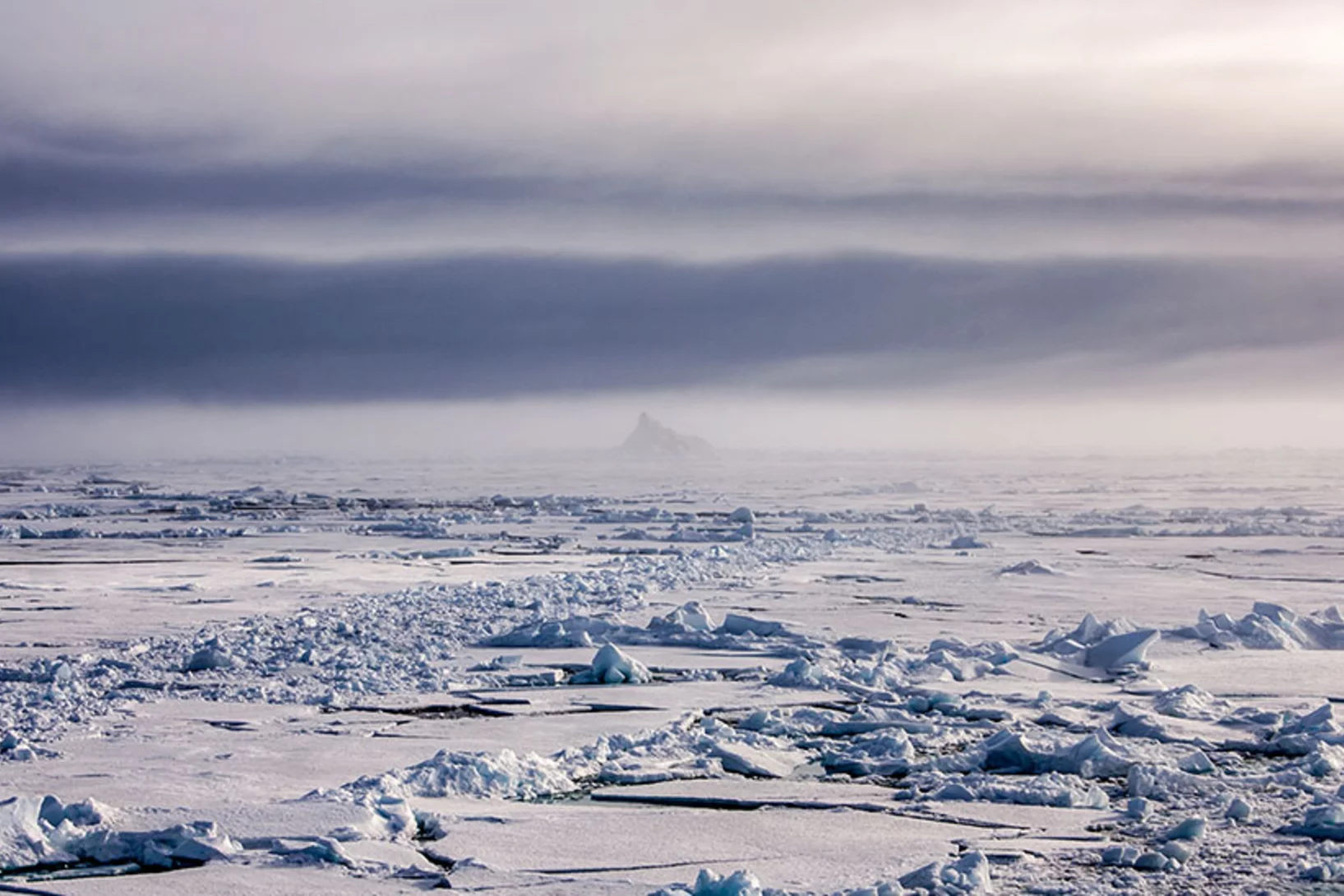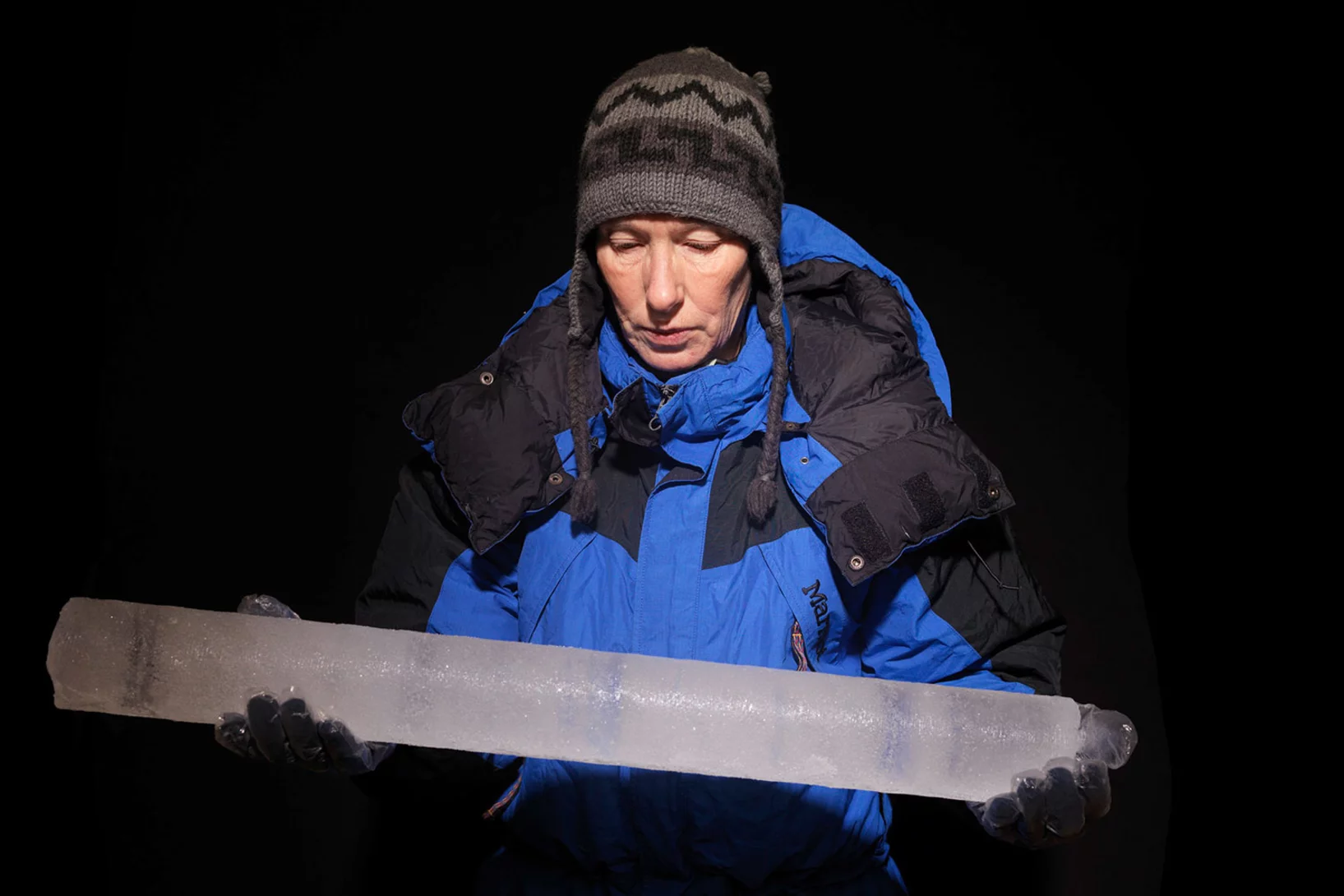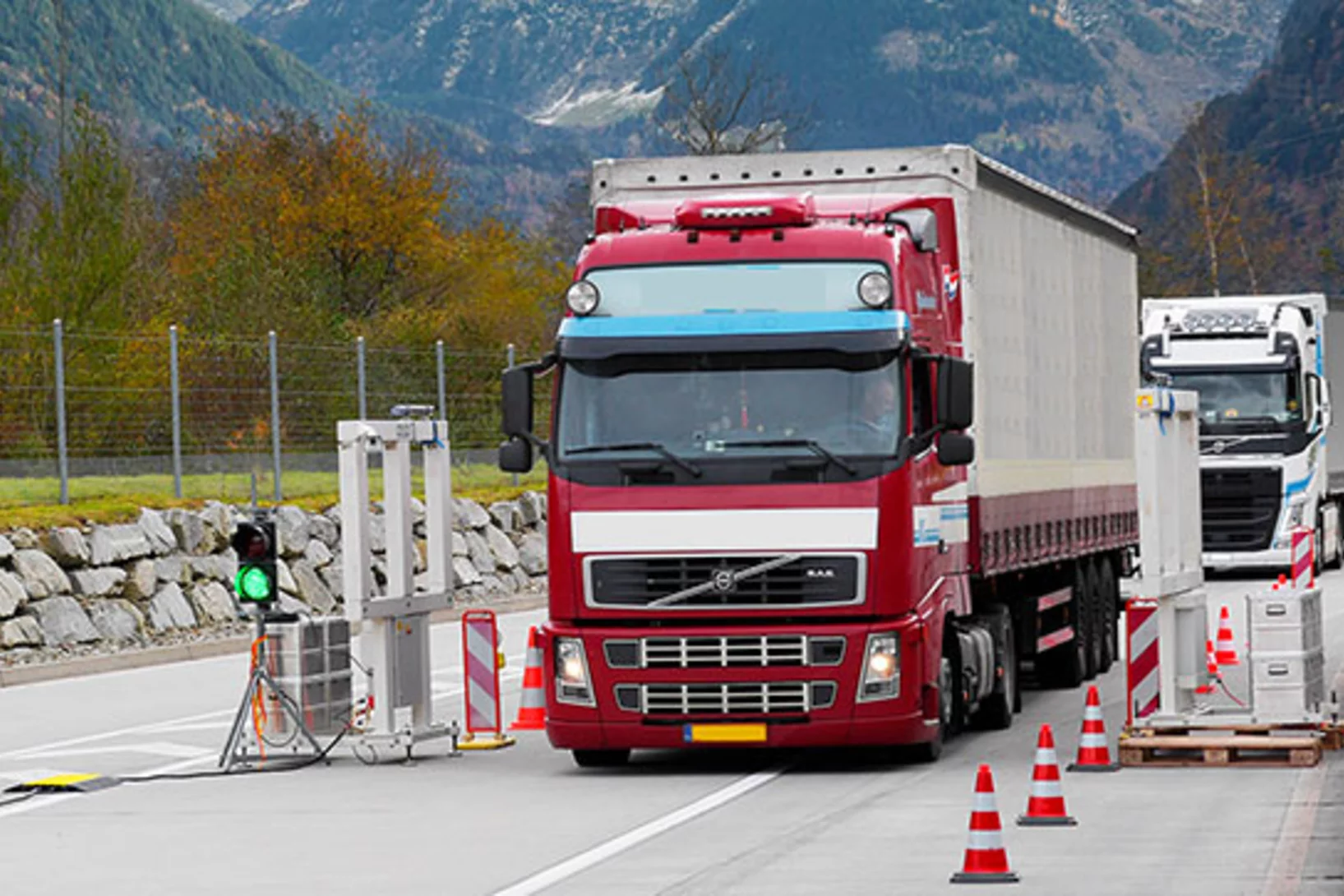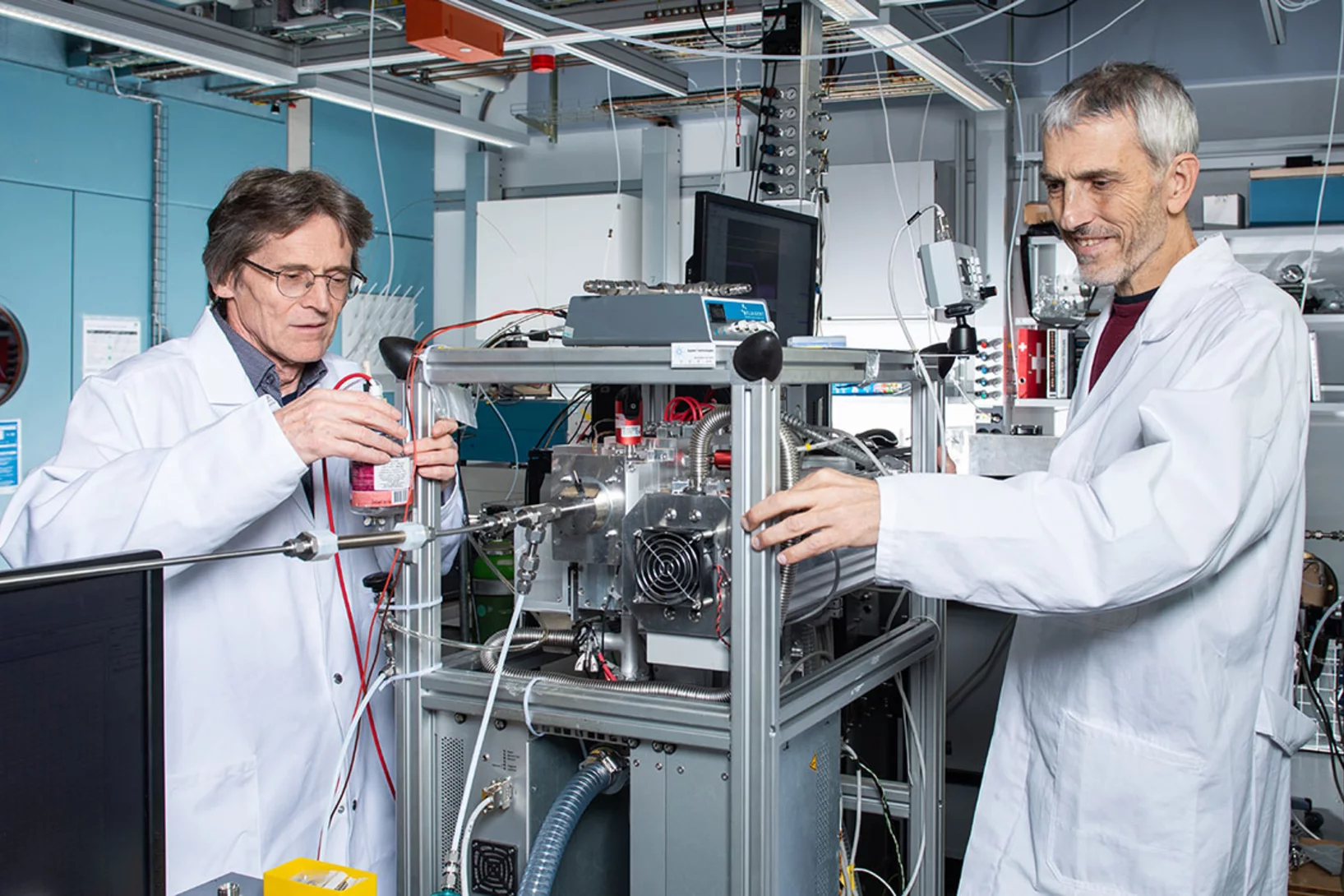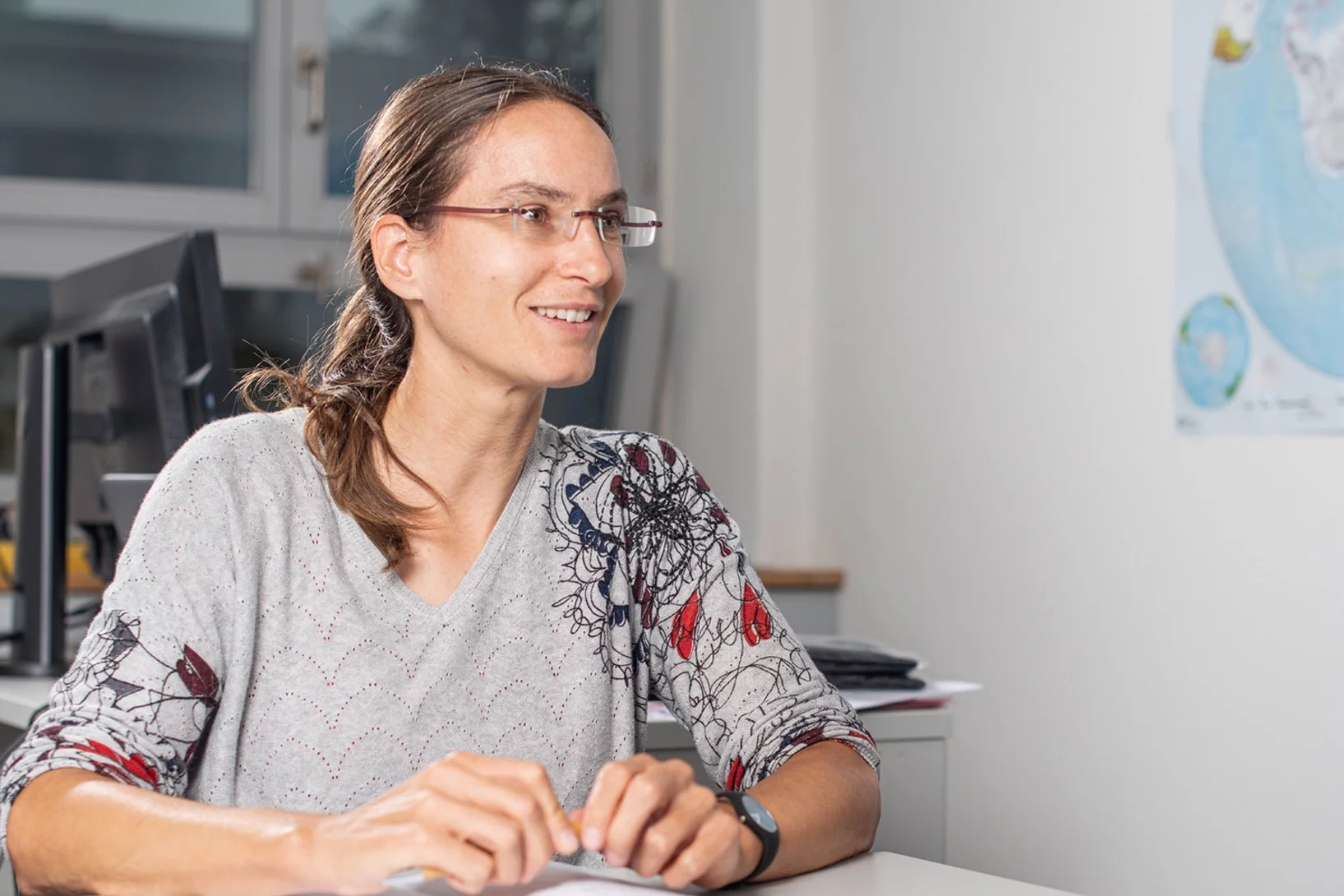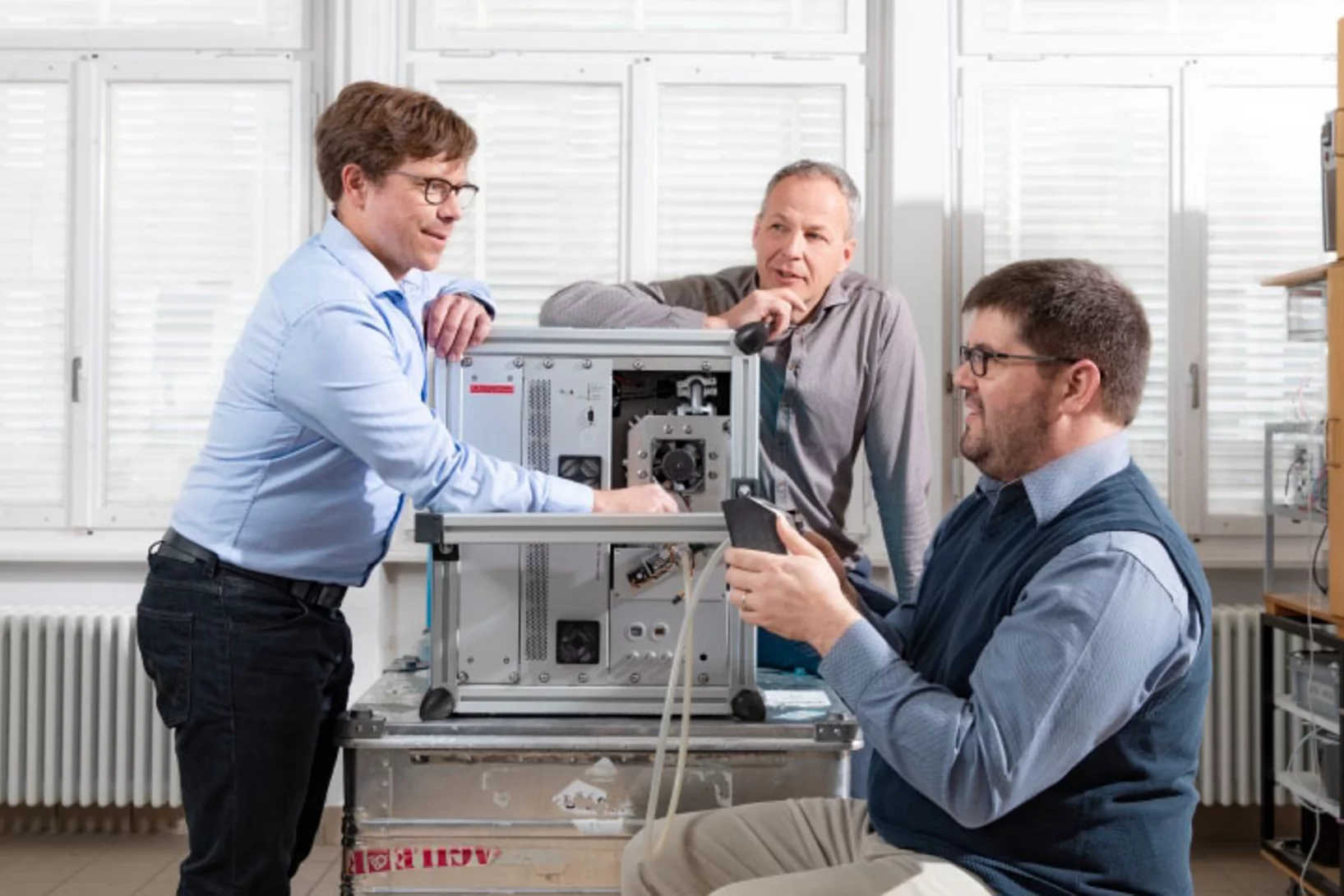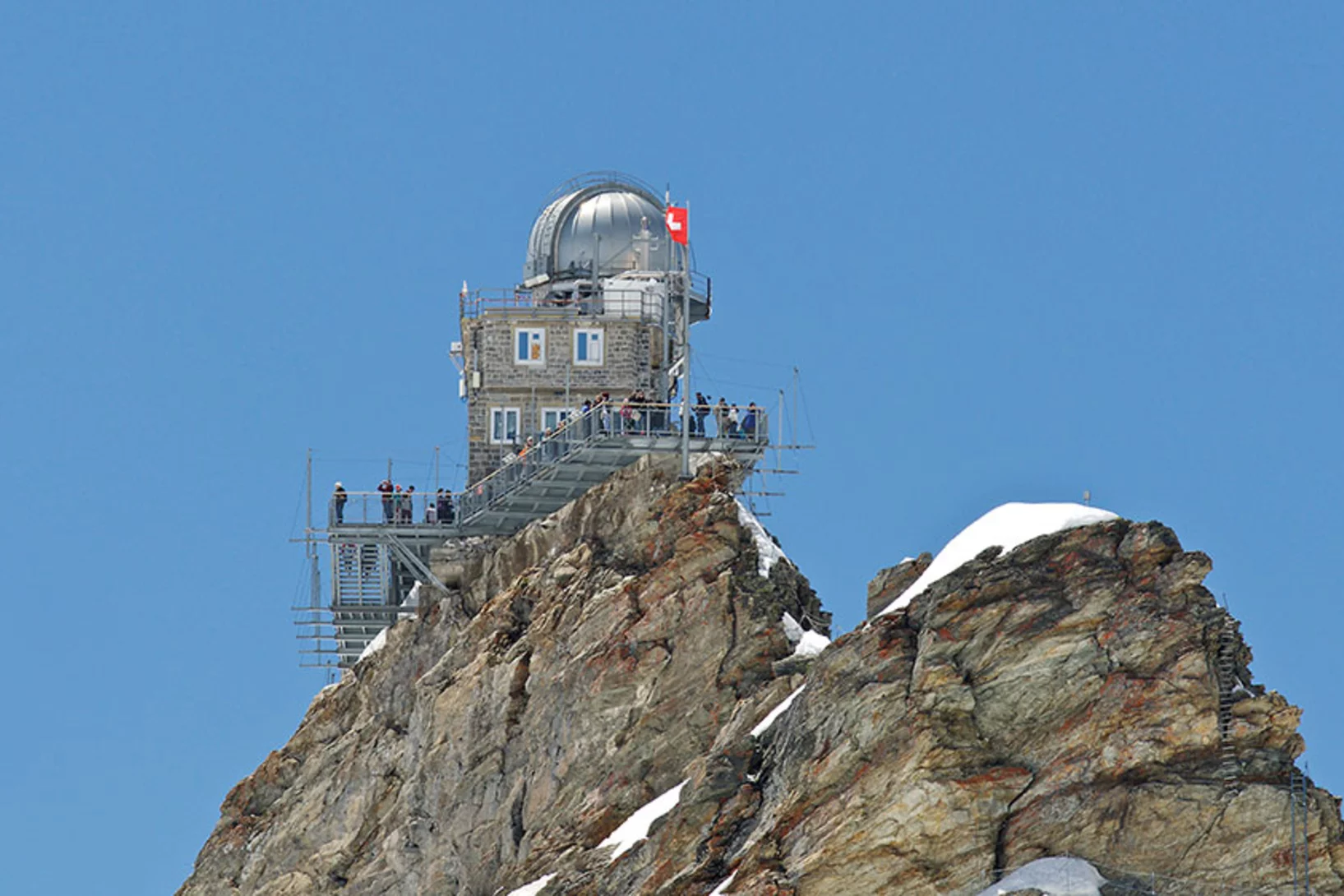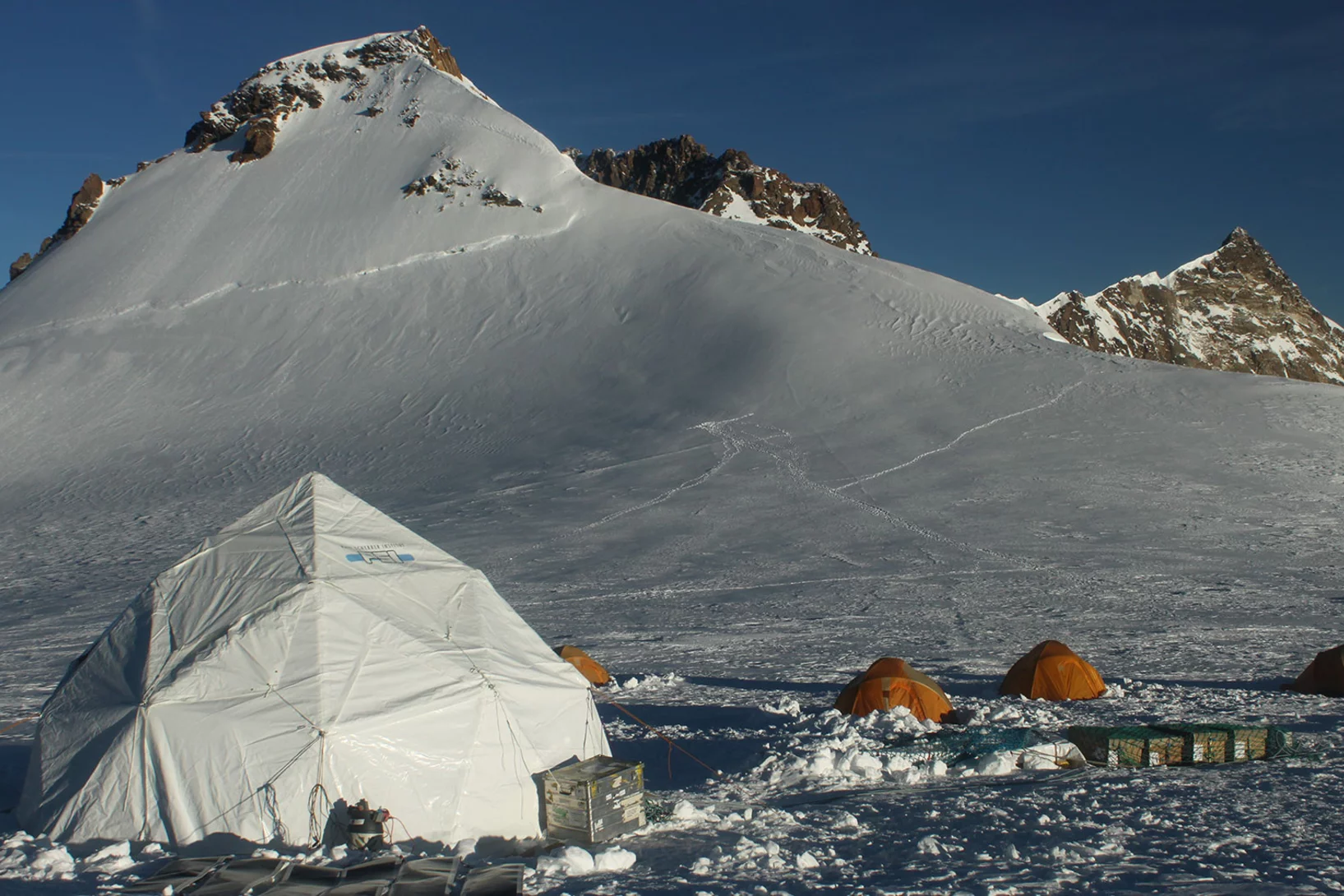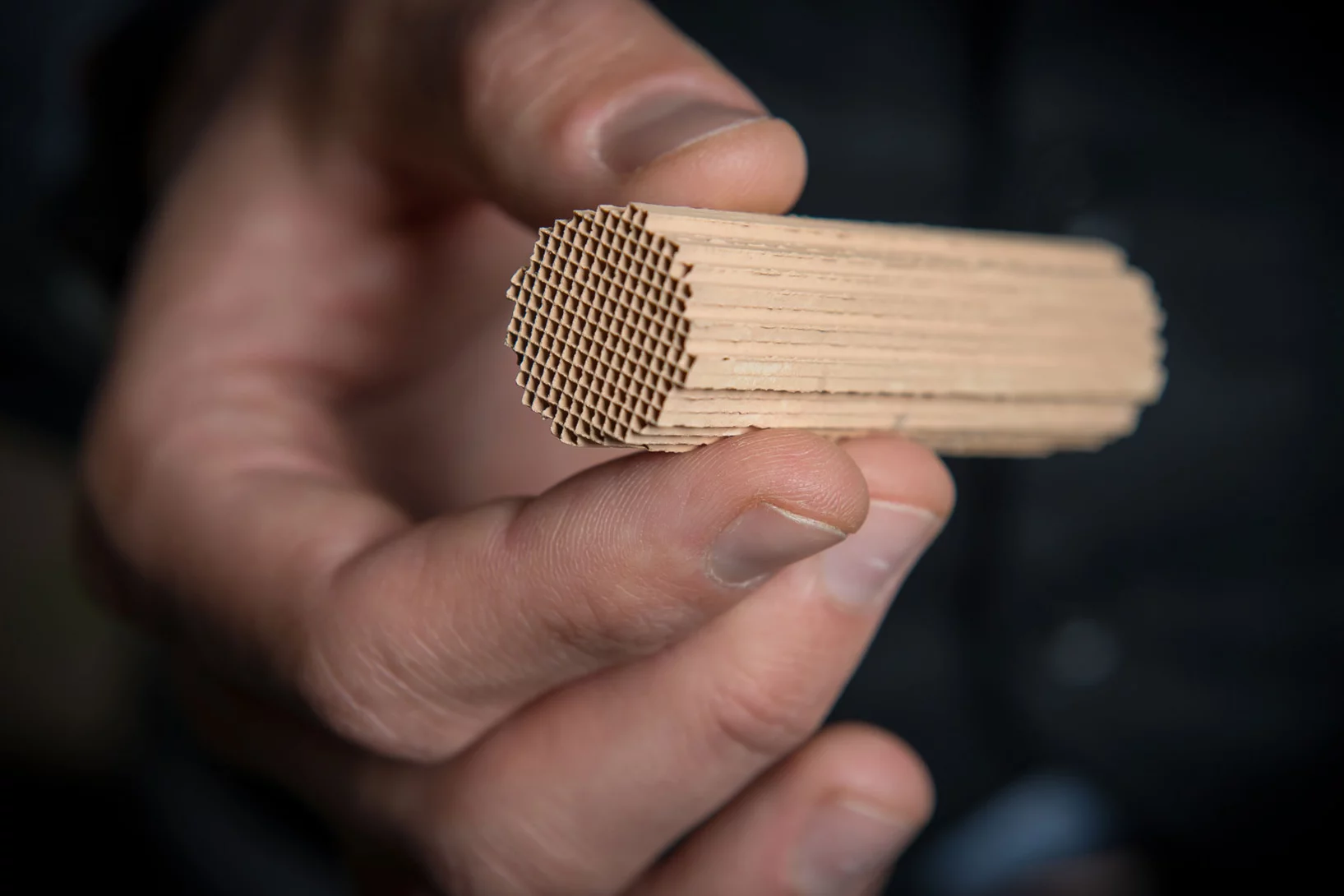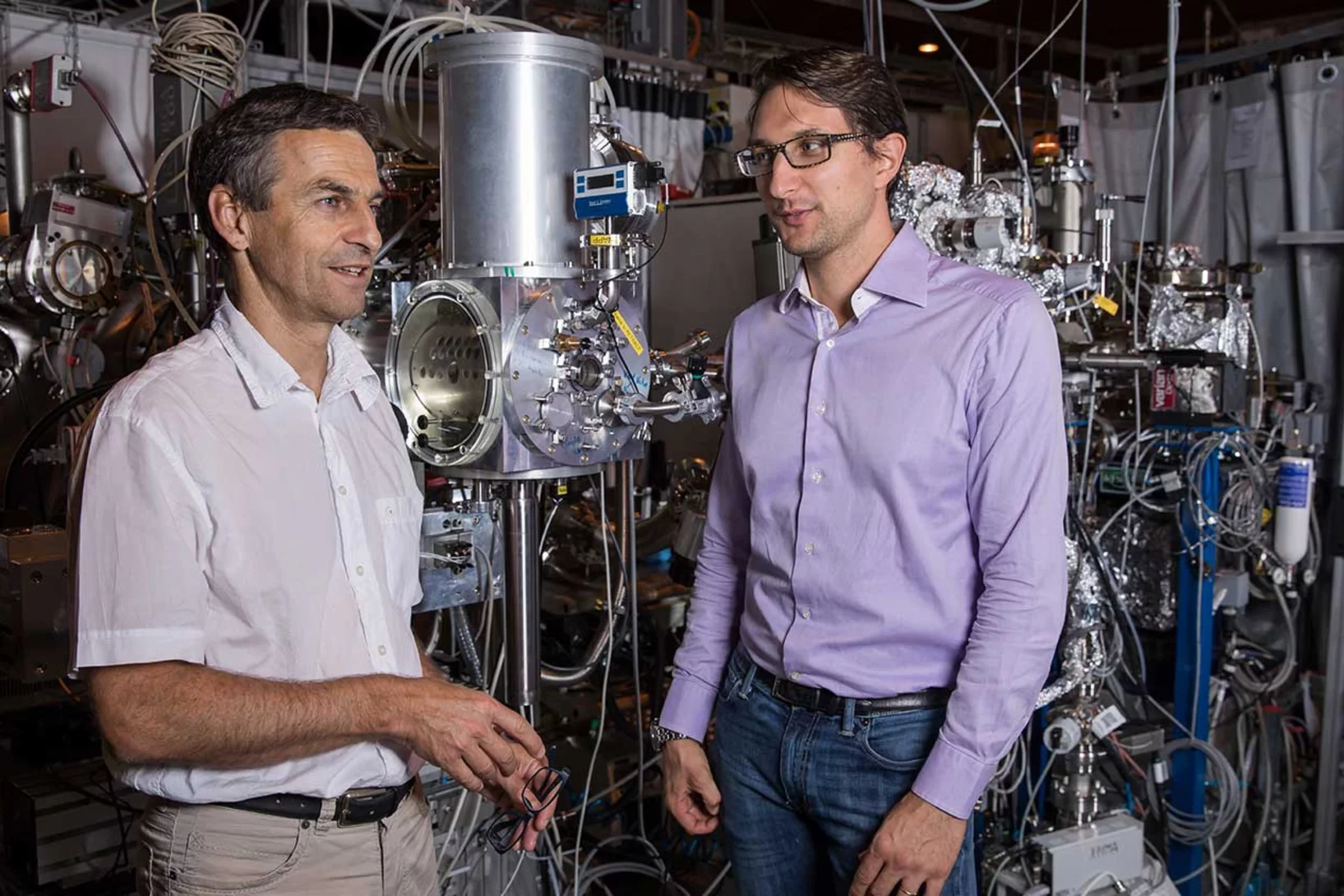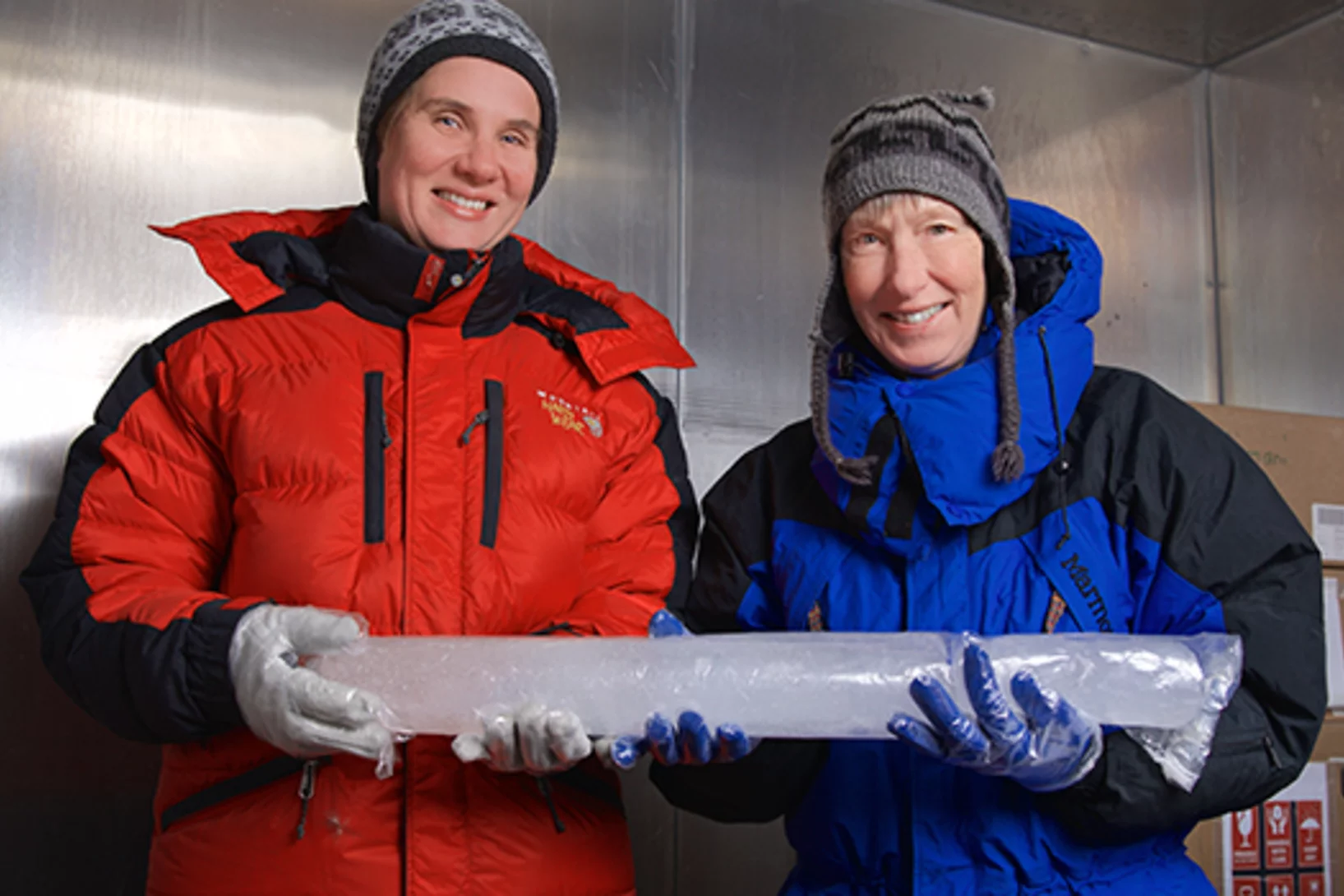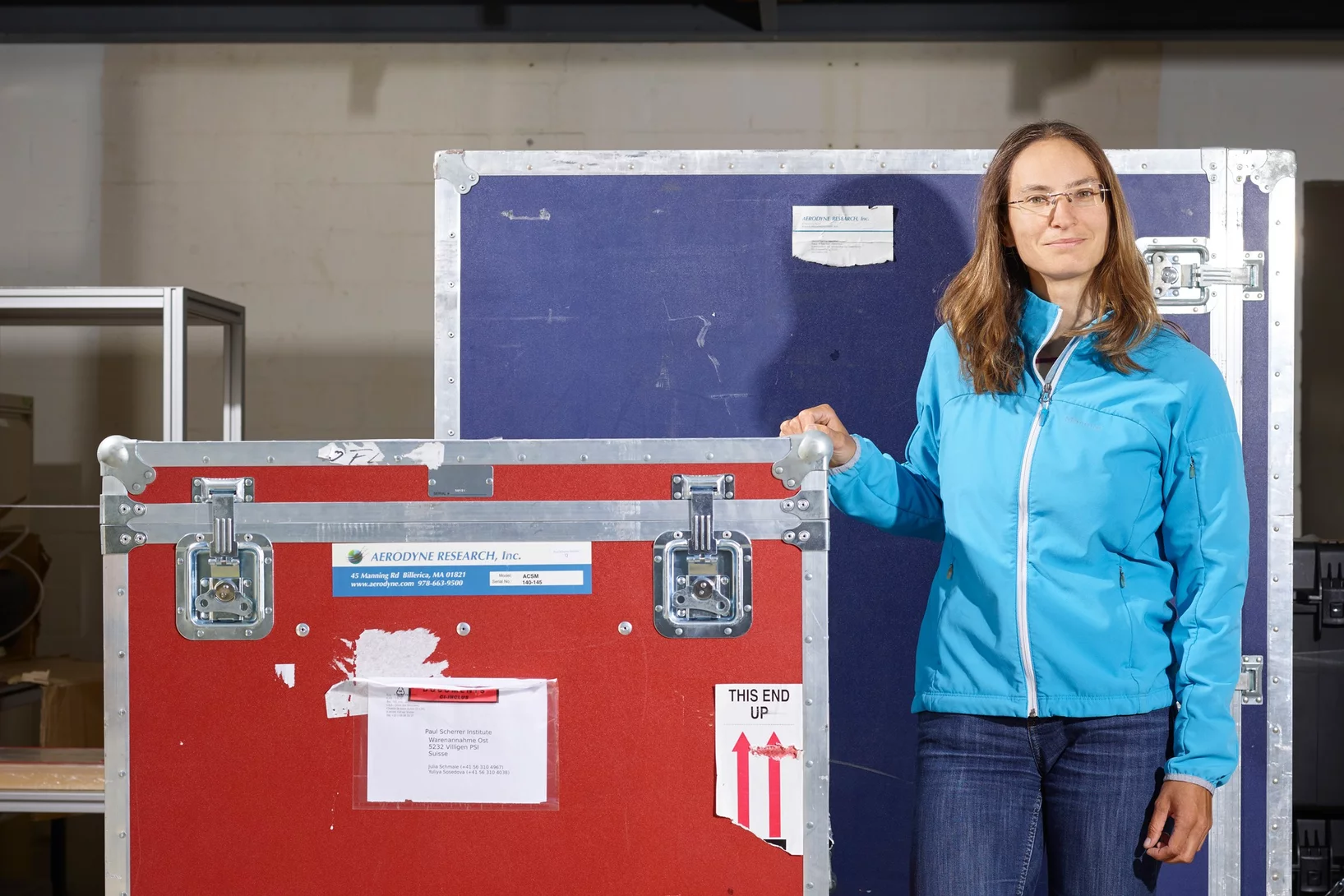Show filters
AI paves the way towards green cement
Researchers at PSI are using artificial intelligence to develop environmentally friendly formulations for cement.
Decoding radiation
Searching for radiation from the sky. How a sensitive detector and a clever algorithm are making ionising radiation visible.
Pollutants often originate in the air
In the CLOUD experiment at CERN, PSI researchers have measured with unprecedented precision how harmful organic air pollutants are formed and dispersed.
“The biggest challenge is lacking public acceptance of wind turbines”
In an interview with ETH News, Russell McKenna, an expert in energy system analysis, explains where he sees the greatest need for action in order to further develop wind energy.
In the flying laboratory
Every year, the National Emergency Operations Centre (NEOC), with the support of PSI, carries out measuring flights to determine the radiological situation in Switzerland.
Taking off with sustainable kerosene
Researchers around the world are working to find and optimise new ways of producing climate-neutral aviation fuel. At PSI, together with industry, they’re exploring a promising approach.
Getting to the roots of a global health problem
Imad El Haddad analyses the chemical composition and health impacts of particulate matter at the Center for Energy and Environmental Sciences of the Paul Scherrer Institute PSI.
A complex promise
There’s more to climate-neutral aviation than just reducing emissions during flights. A PSI study analyses what is needed to achieve this long-term goal.
How catalysts remove dangerous nitrogen oxides
In industrial catalysis, iron is not equal to iron.
Sources of smog in Beijing identified
Researchers at PSI are investigating the wide range of causes underlying smog in Beijing.
Glacier melting destroys important climate data archive
PSI researchers analysed two ice cores from the Corbassière glacier on Grand Combin.
How trees influence cloud formation
Researchers at PSI have taken a closer look at a previously disregarded factor in the formation of clouds. This could improve the accuracy of climate forecasting.
Climate-neutral air travel: Is it possible?
Above all, meeting this goal will require sustainable fuels and a reduction in air traffic.
4000 scenarios for a climate turnaround
Researchers at PSI and Columbia University are calculating in detail how climate change can be slowed down.
Switzerland’s path to the net-zero target
The ETH institutions are pooling their expertise in pursuit of the net-zero target.
Wood: A wild card for the energy transition
The role of the natural resource for security of supply in Switzerland
Methane as an energy store
Researchers at PSI and the start-up AlphaSYNT are working together on a solution for efficiently storing energy.
Extreme nighttime pollution in New Delhi air explained
PSI researchers find the cause of high nighttime air pollution in New Delhi
A greener alternative for aviation fuel
Air travel with no carbon footprint – PSI and the Metafuels AG develop a new technology to produce sustainable aviation fuel.
Collecting ice cores before it's too late
PSI researcher Theo Jenk talks about the challenges of ice core research during the climate change crisis.
“A race against time”
At a conference the international ice core science community discusses the latest developments in their field.
The Jungfraujoch aerosol detectives
Aside from its stunning landscape, the Jungfraujoch also provides an ideal location to research the impact of aerosols on our climate.
A warm intrusion in the Arctic causes extreme pollution levels
Surprising data about pollutants in the Northern Hemisphere
European map of aerosol pollution can help improve human health
Researchers have measured and determined the sources of aerosol pollution at 22 locations in Europe.
Light amplification accelerates chemical reactions in aerosols
Consideration in future climate models important.
Rescuing Earth’s icy memory
An international research team with PSI participation is rushing to preserve glacier ice for posterity.
Scientists map Arctic aerosols to better understand regional warming
In order to better understand climate change in the Arctic and design effective mitigation measures, scientists at EPFL and PSI have studied the aerosols in a region spanning from Russia to Canada.
"We can now look at climate change regionally"
Margit Schwikowski is head of the Laboratory for Environmental Chemistry at PSI. In an interview, she explains what aerosols have to do with climate change.
‘Ice Memory Mission’ accomplished
During its expedition to the Monte Rosa massif, the international Ice Memory team extracted two ice cores over 80 meters long from Colle Gnifetti, the oldest ice in the Alps.
The glacial memory of the Monte Rosa
The next mission to preserve the climate heritage of the Pennine Alps has begun: For the Ice Memory Project, researchers set off for Monte Rosa’s Colle Gnifetti.
Aerosol formation in clouds
How chemical reactions in clouds can influence the global climate.
Particulates are more dangerous than previously thought
A precise look into the finest particles in the air shows how compounds harmful to human health are formed.
Which particulate air pollution poses the greatest health risk?
The composition of particulate matter can influence its harmfulness to human health just as much as the amount, PSI researchers show in a newly published study. Experiments and computational modelling showed that in Europe high concentrations of particulate matter harmful to human health occur mainly in metropolitan areas.
SwissFEL: a perfect habitat for the black mortar bee
For the construction of the SwissFEL facility in 2013, around five hectares of forest were cleared and transformed into a new habitat for flora and fauna. Biologists and forest engineers have now assessed the results of the renaturization project and are excited about the progress to date.
Iodic acid influences cloud formation at the North Pole
An international team of scientists has identified a novel driver of new aerosol particle formation in the Arctic: iodic acid, a chemical compound, which had not previously been observed in the region.
"We were shocked how far advanced the melting is already"
An international expedition with the participation of the Paul Scherrer Institute PSI discovers advanced glacial melting at an elevation of more than 4,000 metres on the Grand Combin in Valais. In the Alps, it may almost be too late for the Ice Memory project, which aims to save ice cores as a climate archive for future generations of researchers.
The cold memory of the earth
Within the framework of an international project, researchers from the Paul Scherrer Institute PSI are helping to save a valuable environmental and climatic archive. During an expedition 4,000 metres above sea level on Grand Combin in the Alps, they are drilling ice cores from melting glaciers to preserve them in Antarctica.
Sniffing out radioactive substances in freight transport
With a mobile measurement portal, PSI regularly carries out radioactivity checks on heavy goods vehicles. The purpose of this work, on behalf of the Swiss Federal Office of Public Health, is to discover stray radiation sources.
First-time direct proof of chemical reactions in particulates
Researchers at the Paul Scherrer Institute PSI have developed a new method to analyse particulate matter more precisely than ever before. With its help, they disproved an established doctrine: that molecules in aerosols undergo no further chemical transformations because they are enclosed in other particulate matter.
Thirteen months in the Arctic
A PSI research project investigating atmospheric chemistry will be on board the icebreaker Polarstern on 20th September 2019. Researcher Julia Schmale talks about the upcoming expedition and her role in it.
Research above – and about – the clouds
At the Jungfraujoch research station, PSI scientists study particulate matter in the atmosphere. And have to deal with the fact that the human body is not made for life at 3,500 metres above sea level.
In fresh air and in smog
PSI researchers drill through millennia-old glacier ice in the high mountains and analyse the world's highest particulate concentrations in Delhi, India. They are helping to address questions regarding climate change and to reduce air pollution.
Why the Little Ice Age ended in the middle of the 19th century
In the first half of the 19th century, a series of large volcanic eruptions in the tropics led to a temporary global cooling of Earth's climate. That Alpine glaciers grew and subsequently receded again during the final phase of the so-called Little Ice Age was due to a natural process. This has now been proven by PSI researchers on the basis of ice cores.
Cleaner emissions thanks to sponge-like structure
PSI researchers have developed a new catalytic converter for cleaning emissions from natural gas engines. It is very active even at low temperatures and remains that way over a long period of time. This allows natural gas to be burned in a cleaner, more climate-friendly way. Thus natural gas and biogas become more attractive as substitutes for petroleum products – for example, as fuel for cars.
Atmosphere in X-ray light
PSI researchers have developed an experimental chamber in which they can recreate atmospheric processes and probe them with unprecedented precision, using X-ray light from the Swiss Light Source SLS. In the initial experiments, they have studied the production of bromine, which plays an essential role in the decomposition of ozone in the lower layers of the atmosphere. In the future, the new experiment chamber will also be available for use by researchers from other scientific fields.
How Switzerland could supply its electric power in 2050
The Laboratory for Energy Systems Analysis at the Paul Scherrer Institute PSI is investigating how Switzerland’s electricity supply might look, up to the year 2050, under a variety of boundary conditions. On the basis of their calculations, the lab’s researchers are able to generate insights on possible future developments of the energy sector, for example, determine how an ambitious reduction in CO2 emissions could be achieved at the lowest possible cost.
Historical copper, trapped in ice
Until now, the onset of copper production in South America was still unclear. Hardly any written records or artefacts from the early high cultures in Peru, Chile, and Bolivia have been preserved. Now, however, researchers of the Paul Scherrer Institute PSI in Villigen (Switzerland) have tracked down the evidence. Through analysis of ice from the Illimani glacier in the Bolivian Andes, they found out that copper was being mined and smelted in South America since around 700 BC.
The open-air researchers
Atmospheric scientist Julia Schmale is starting out on a three-month research cruise around the antartic. There she will be searching for the cleanest air still to be found on our planet.

